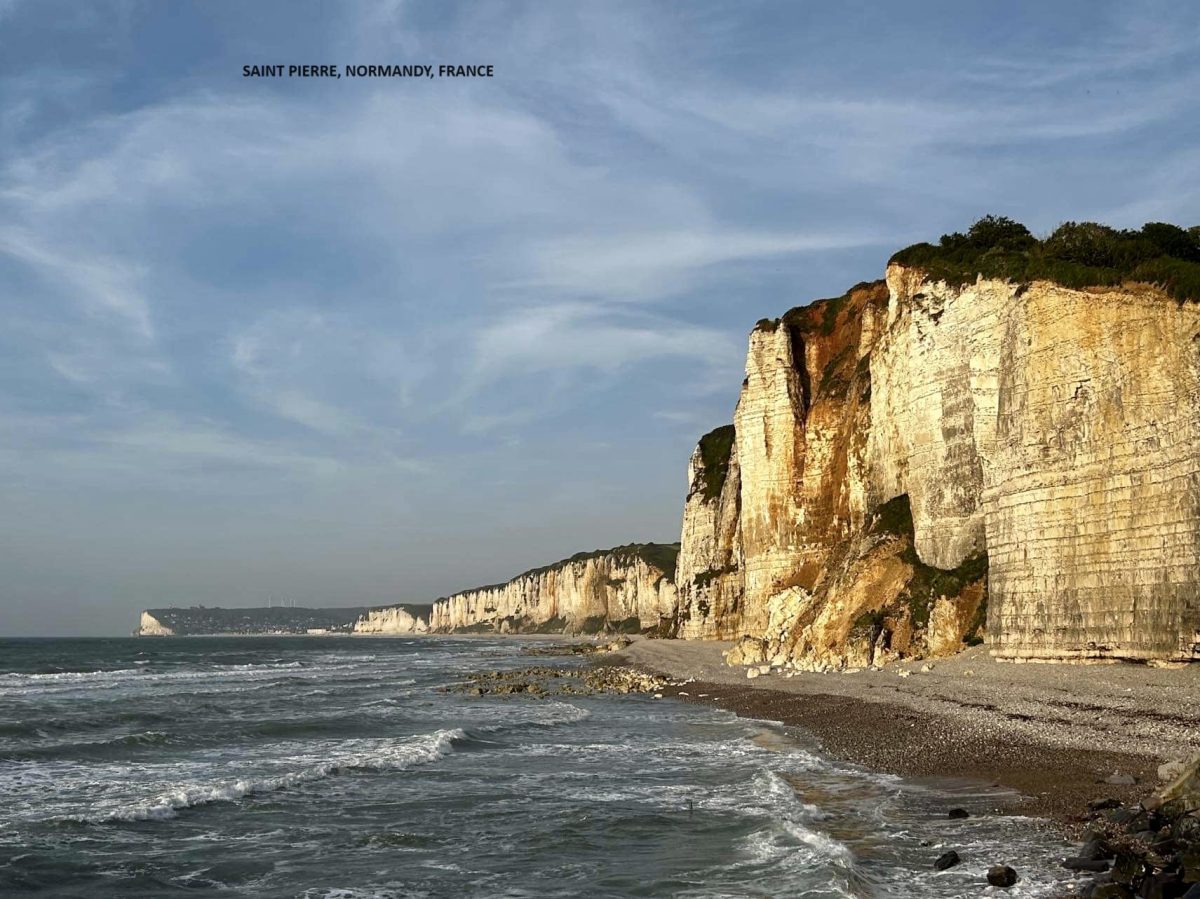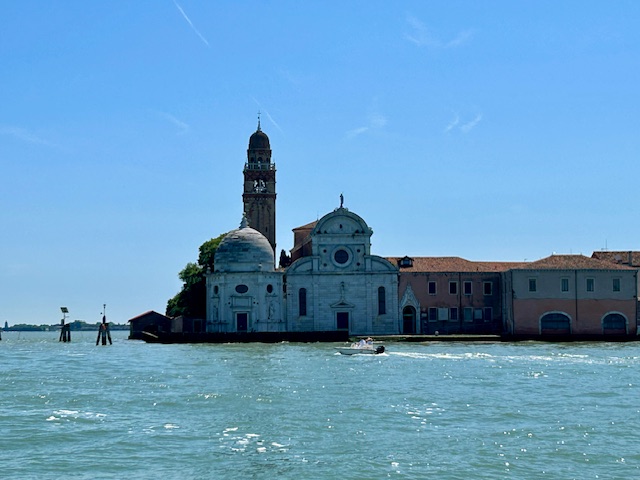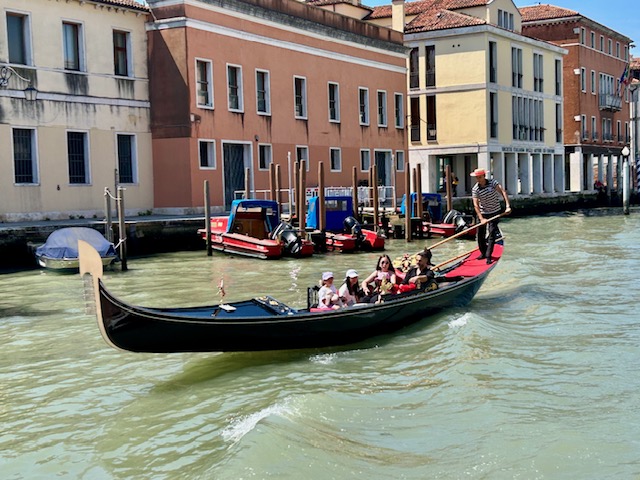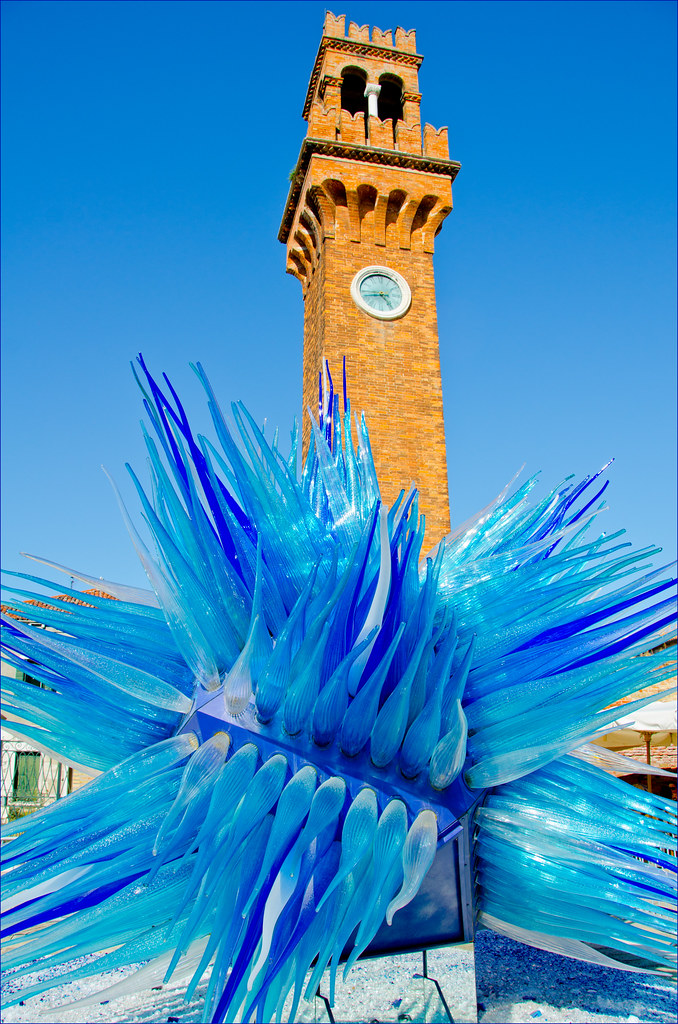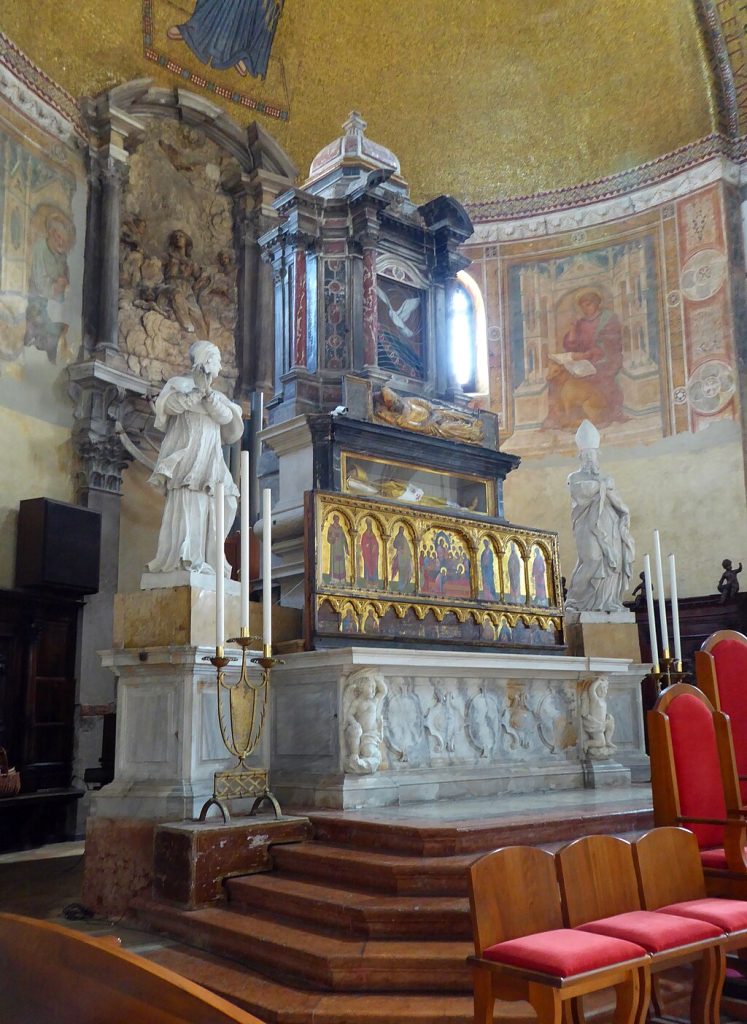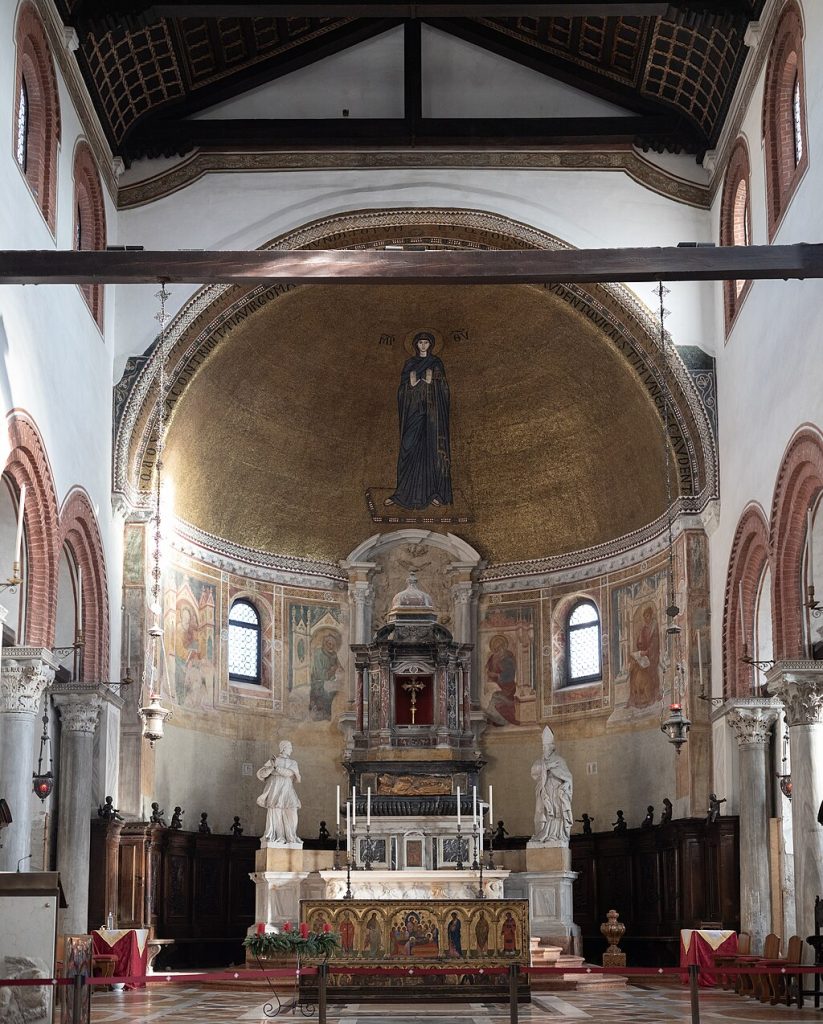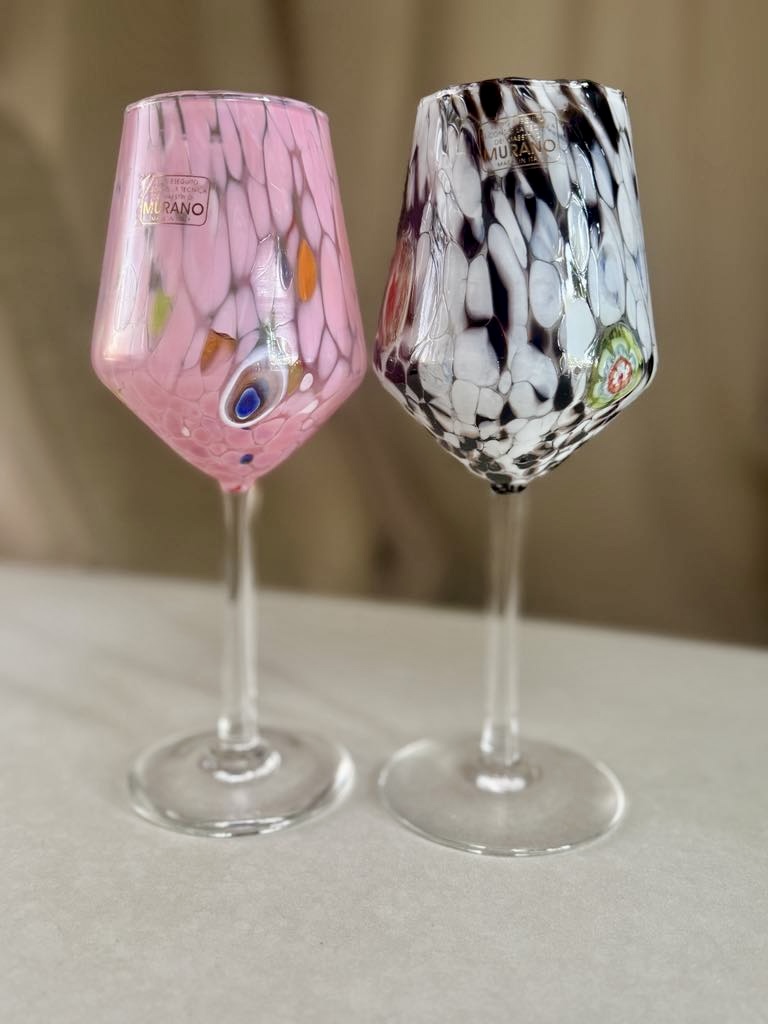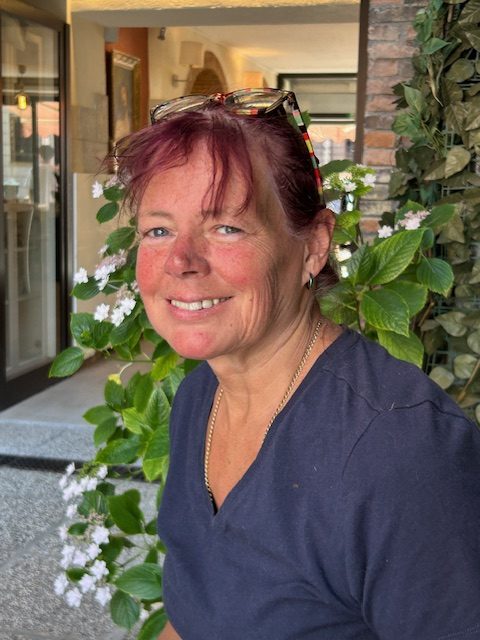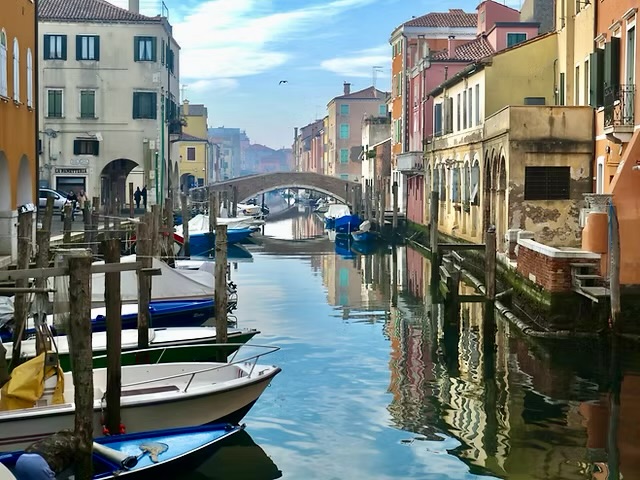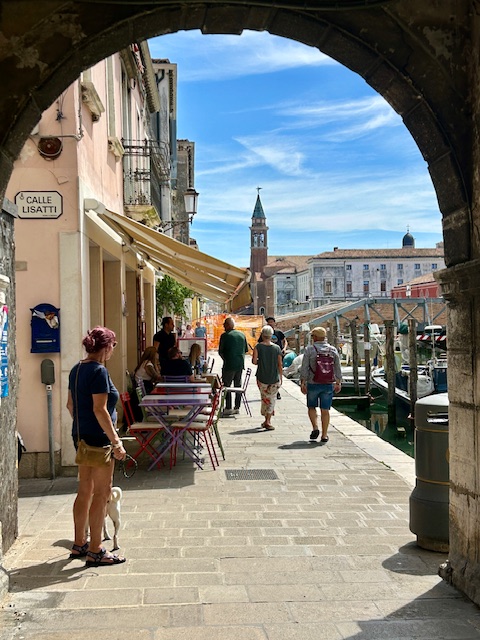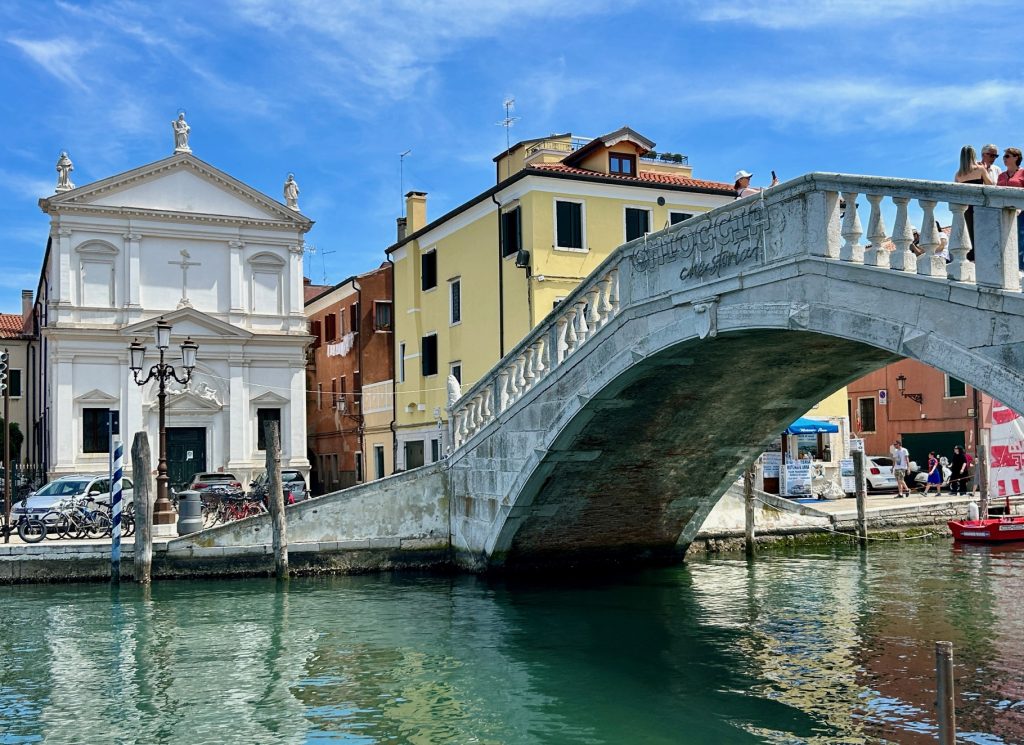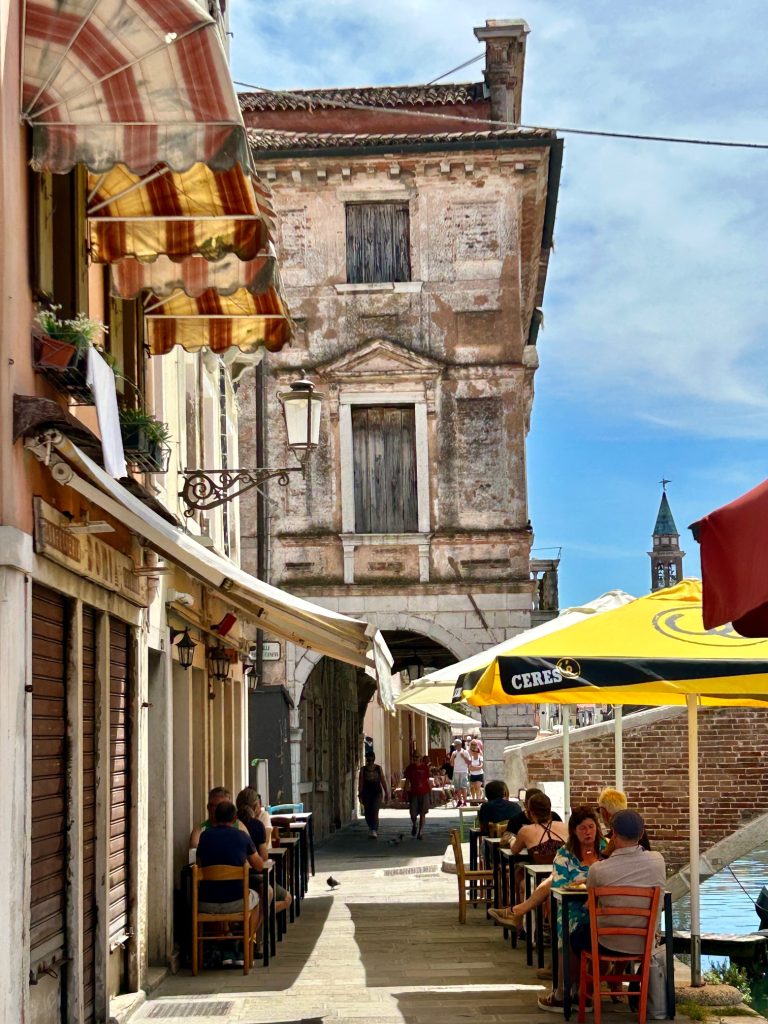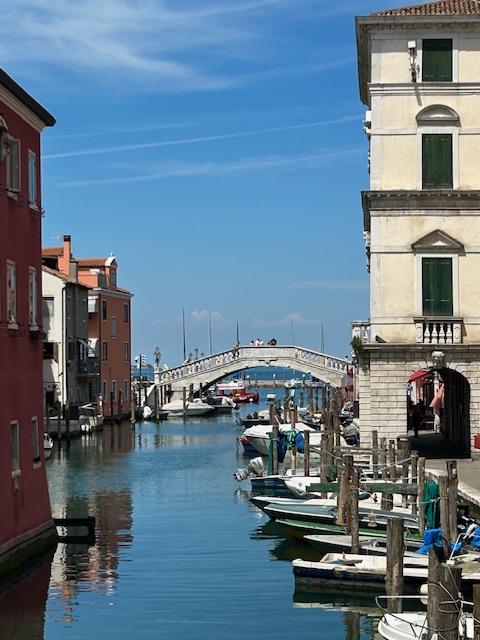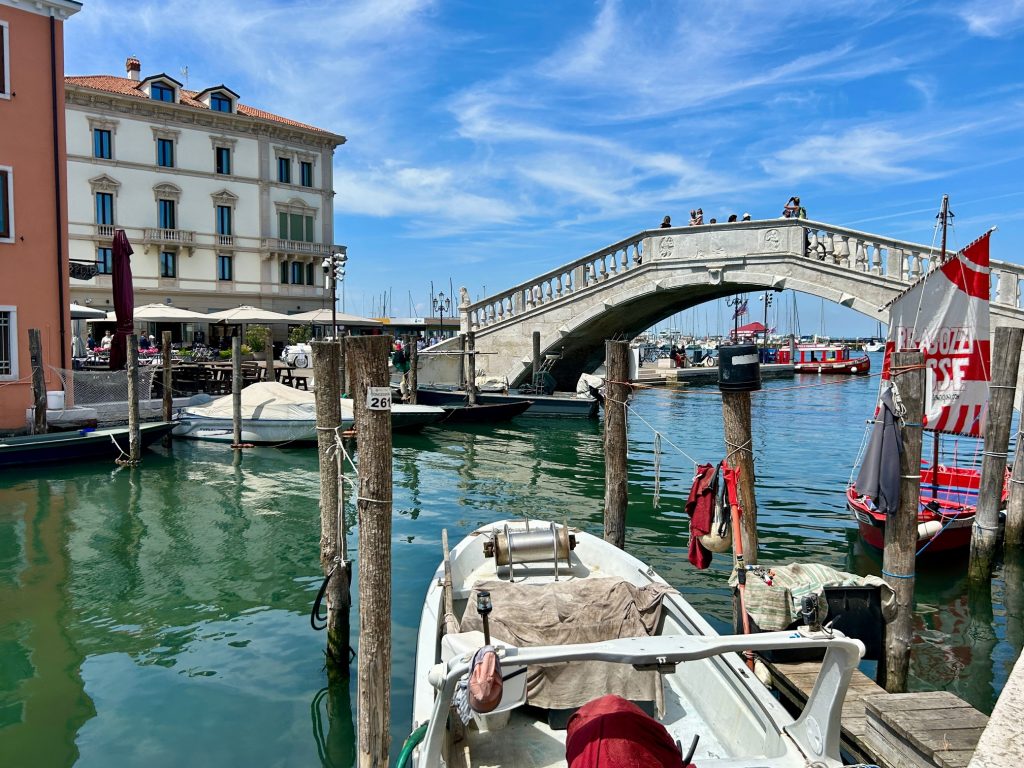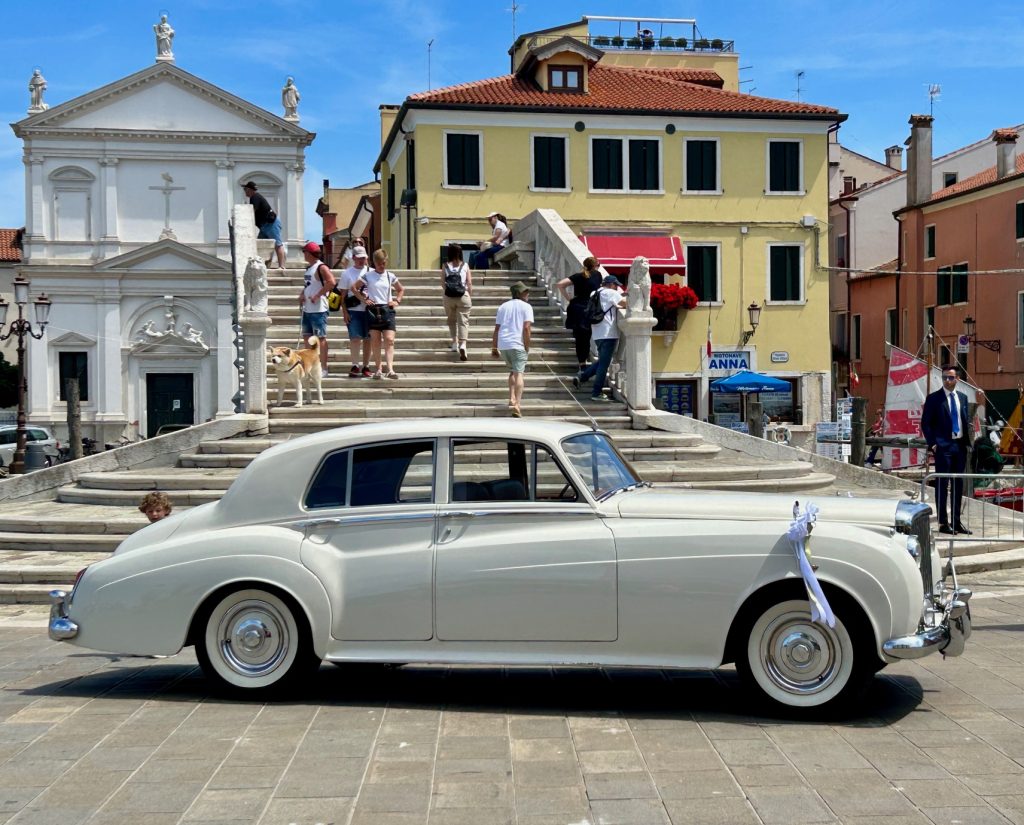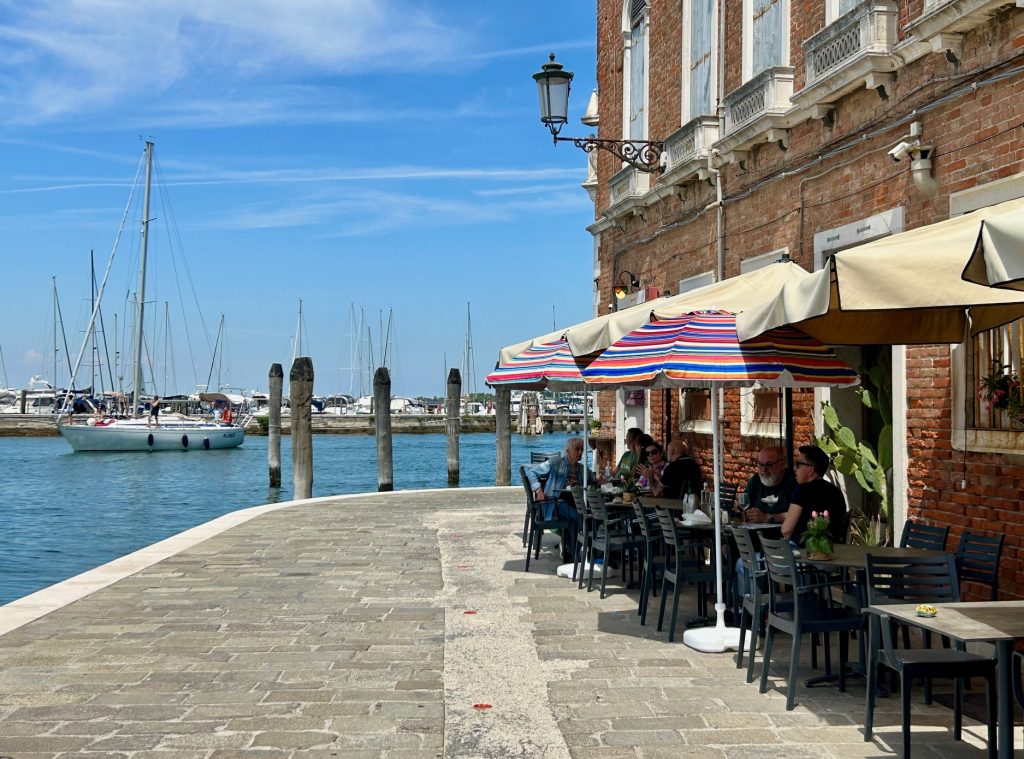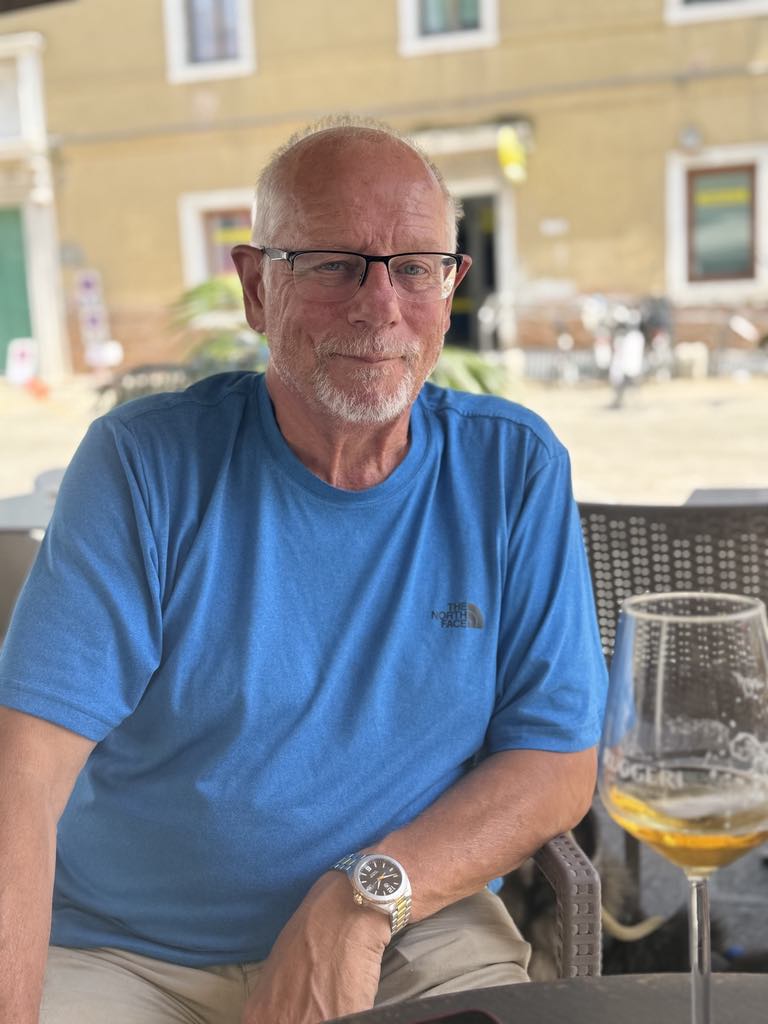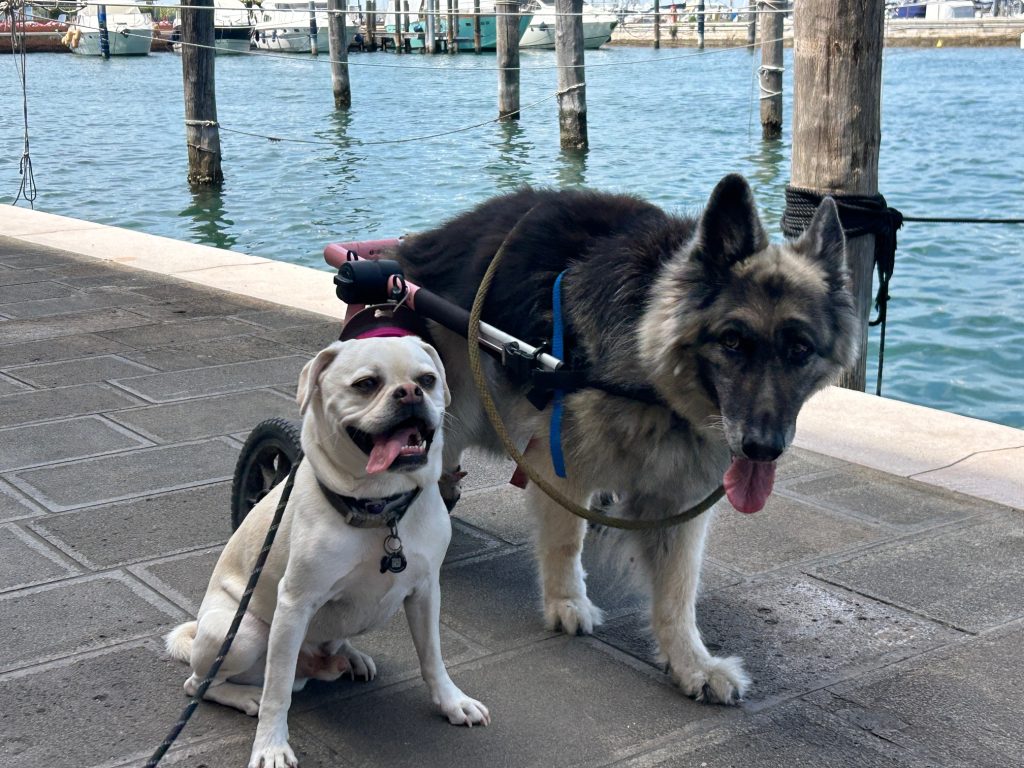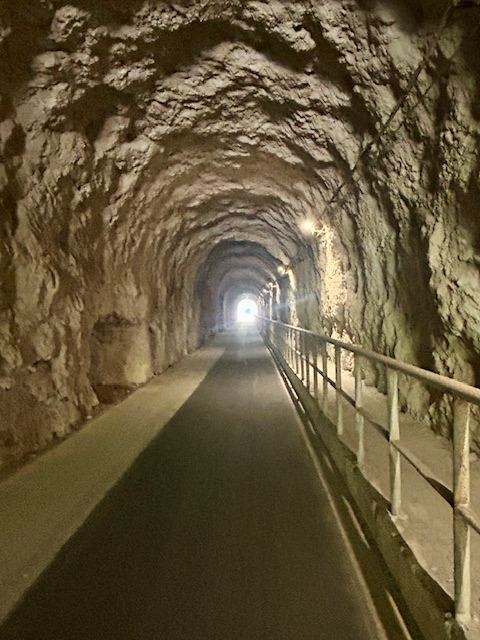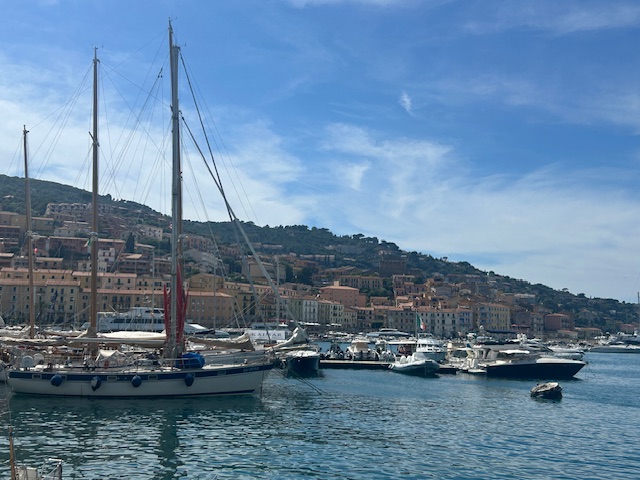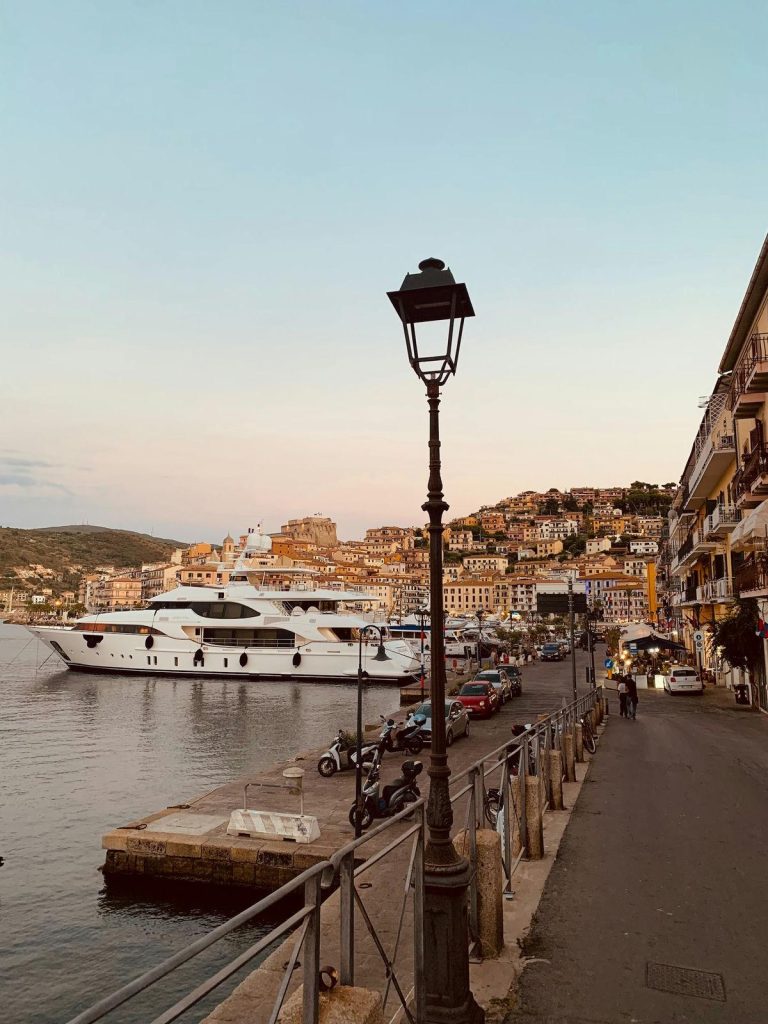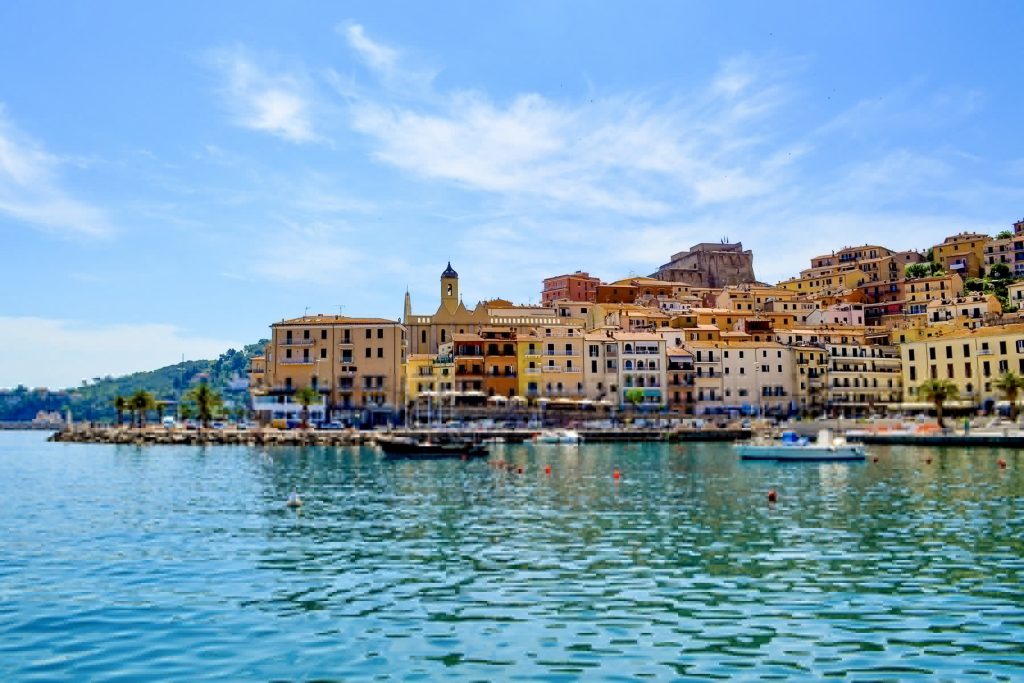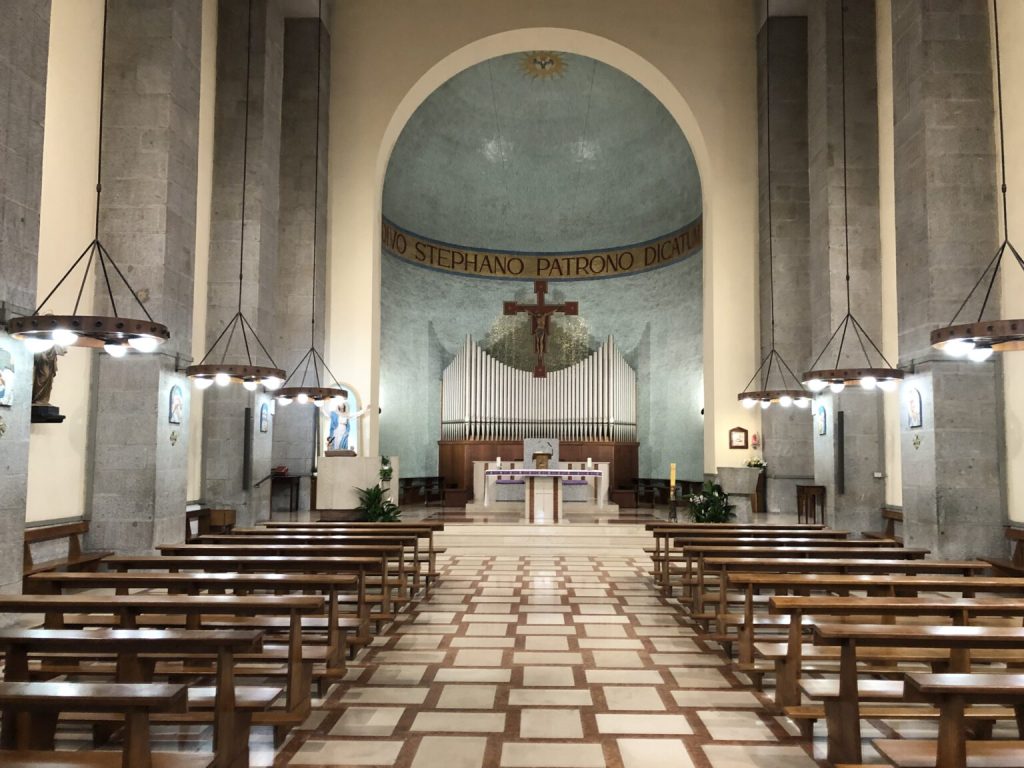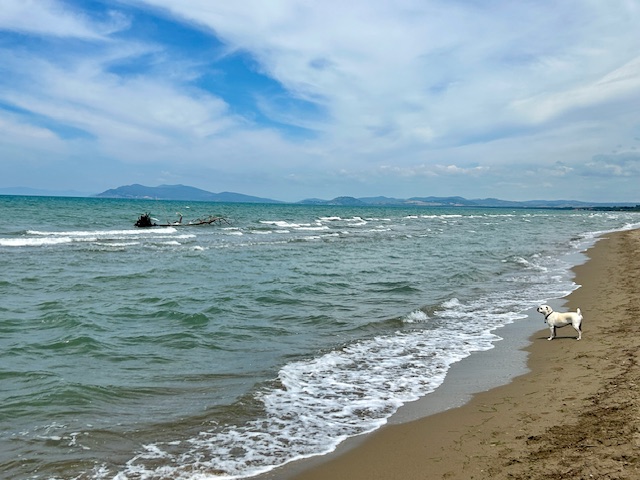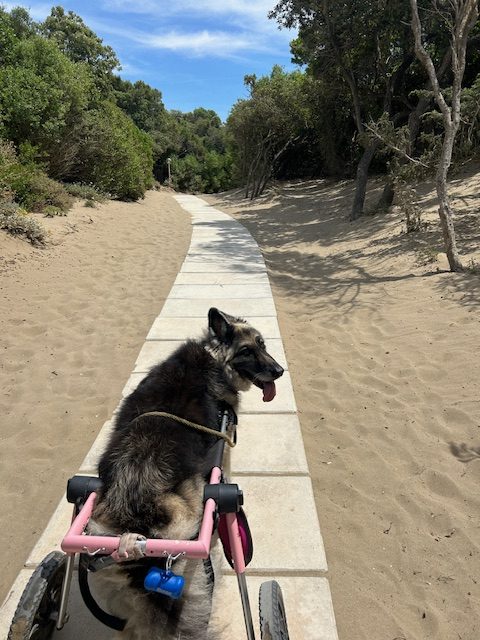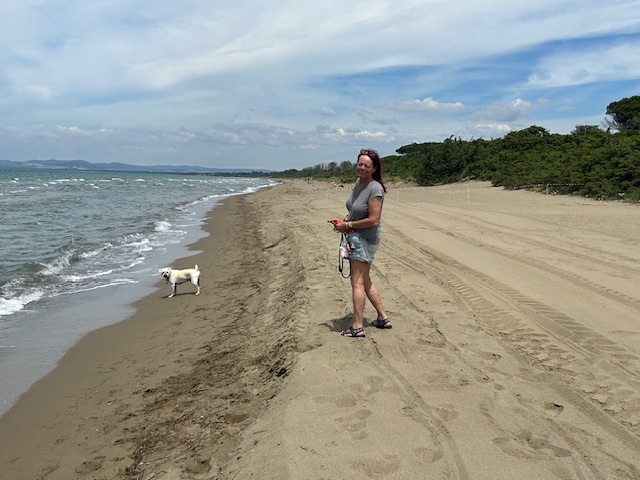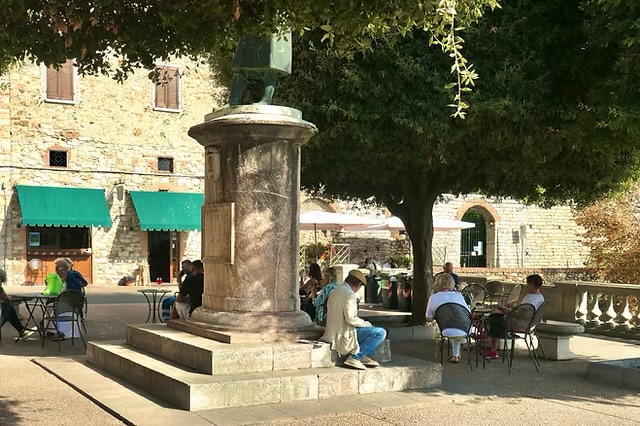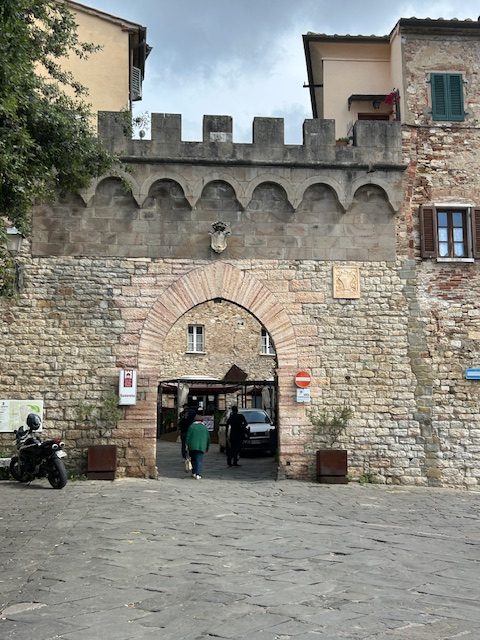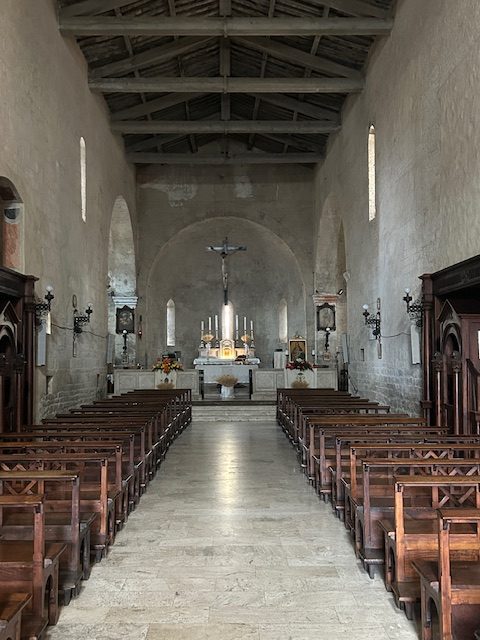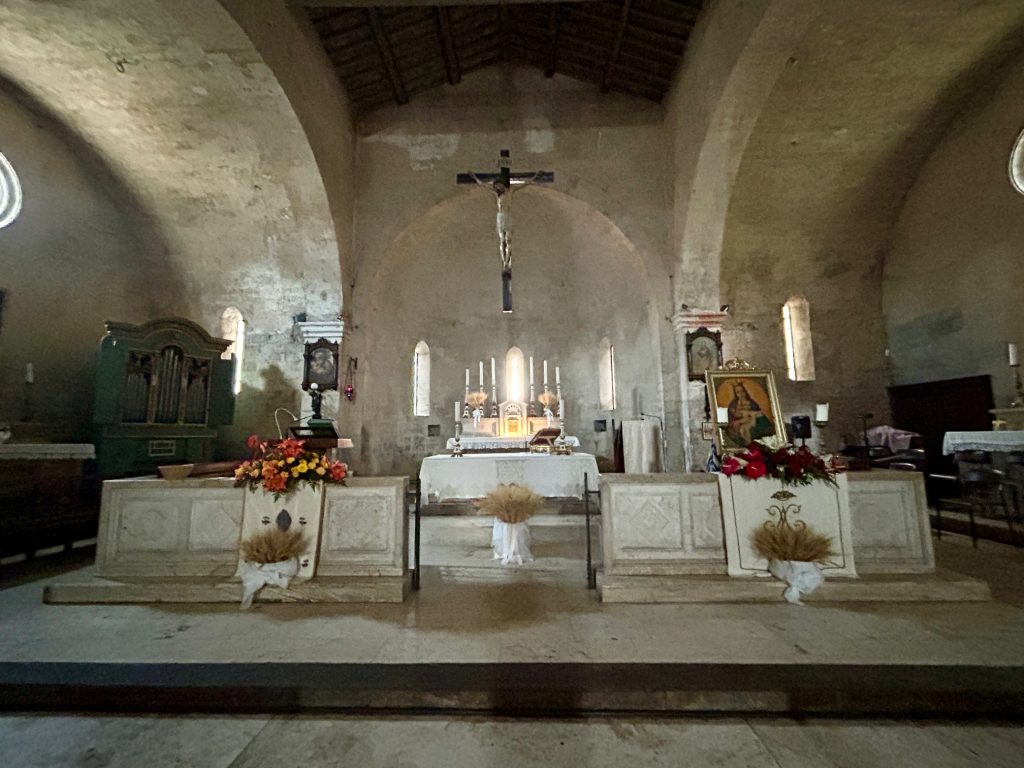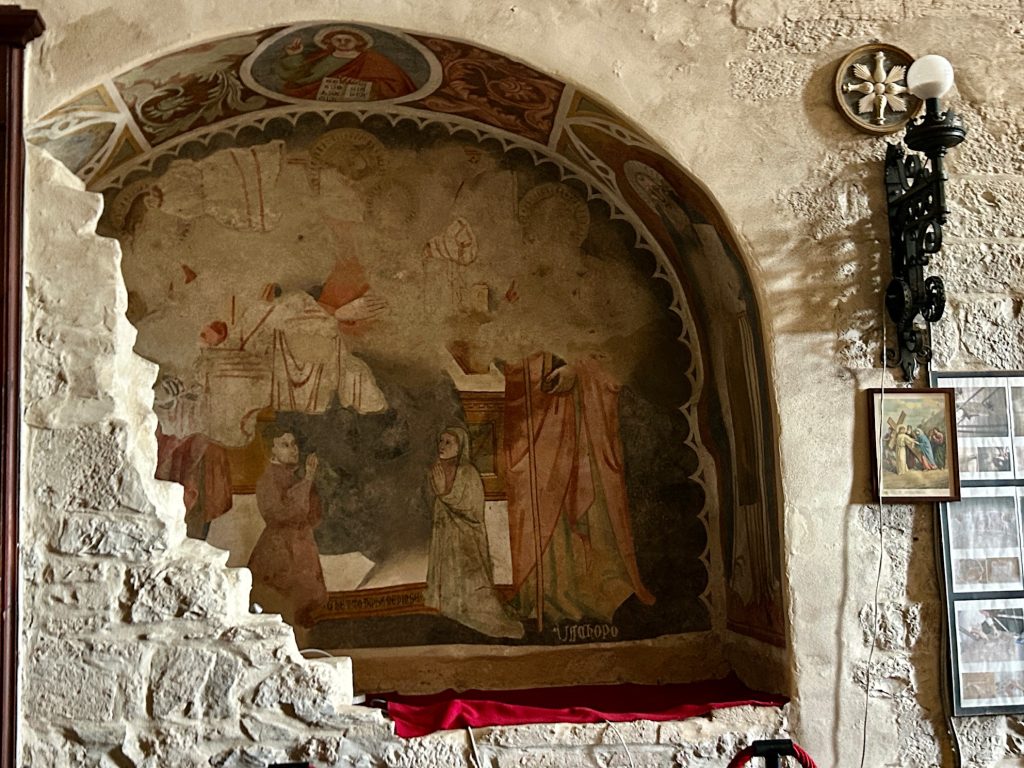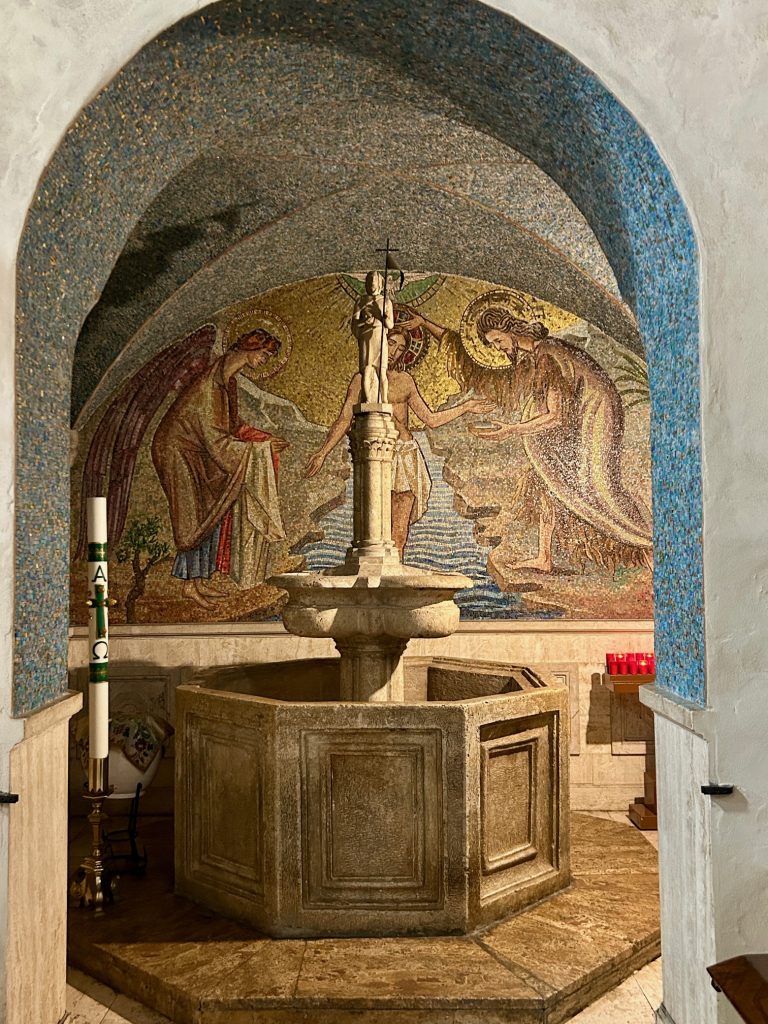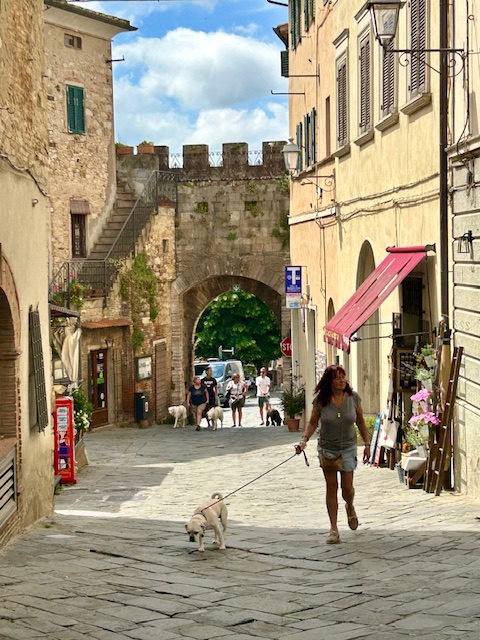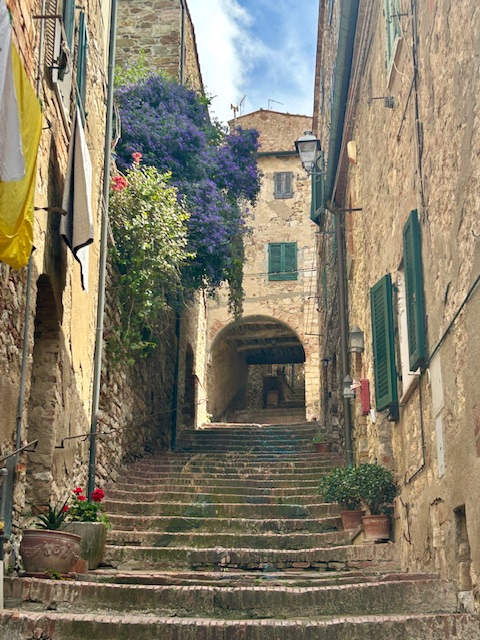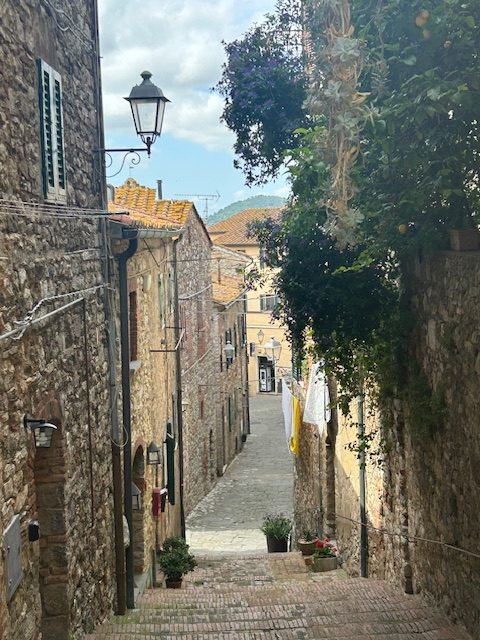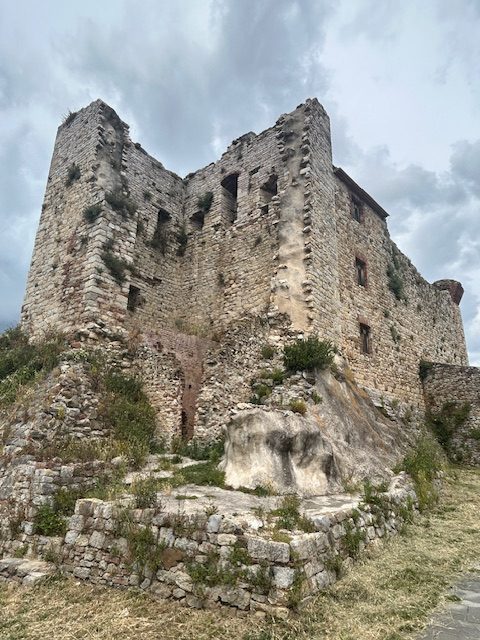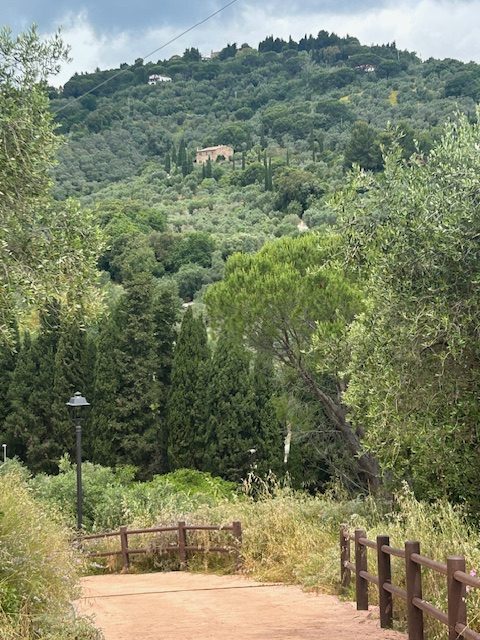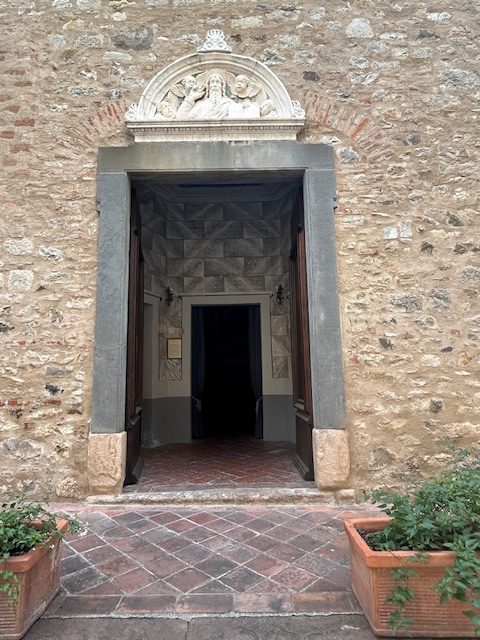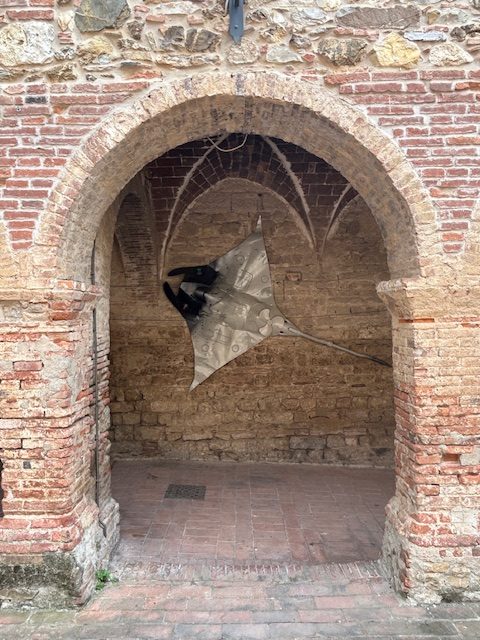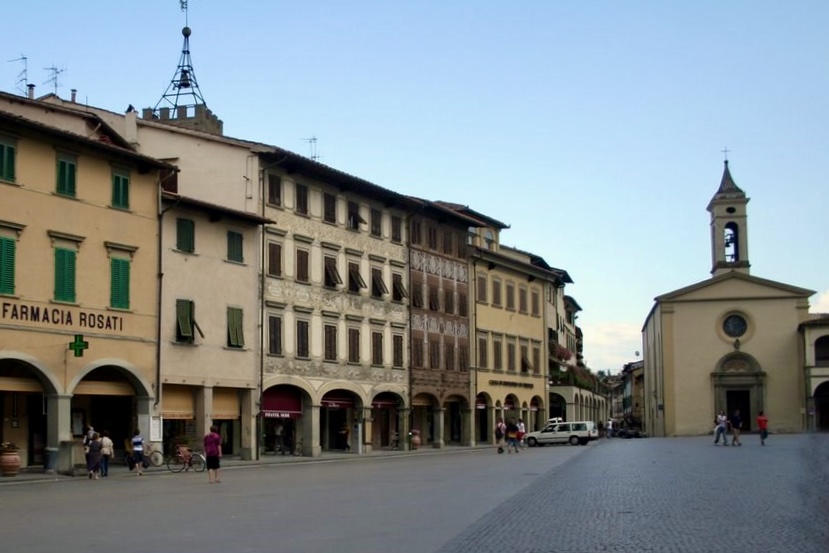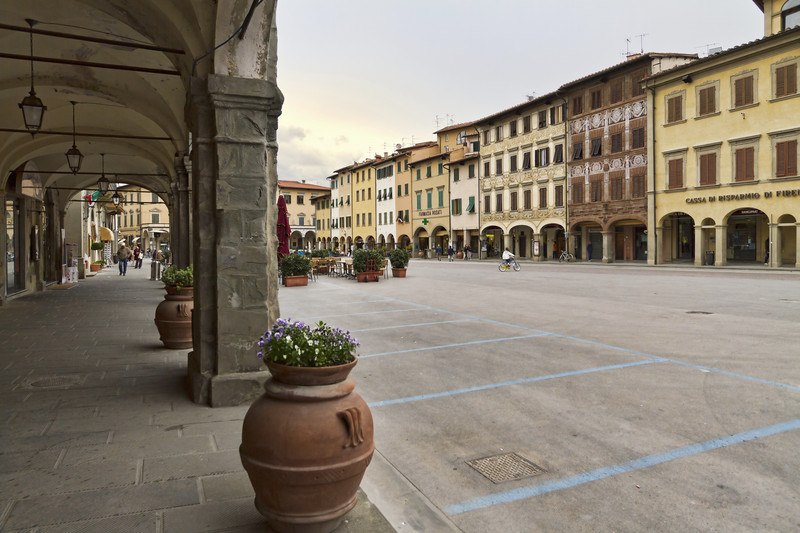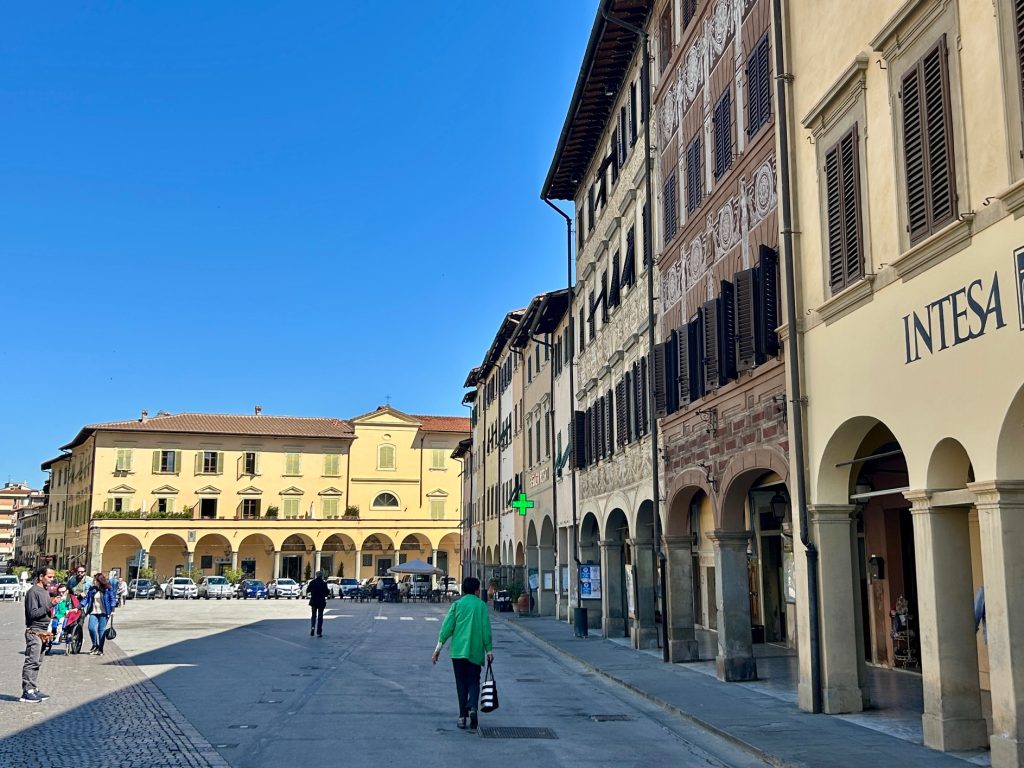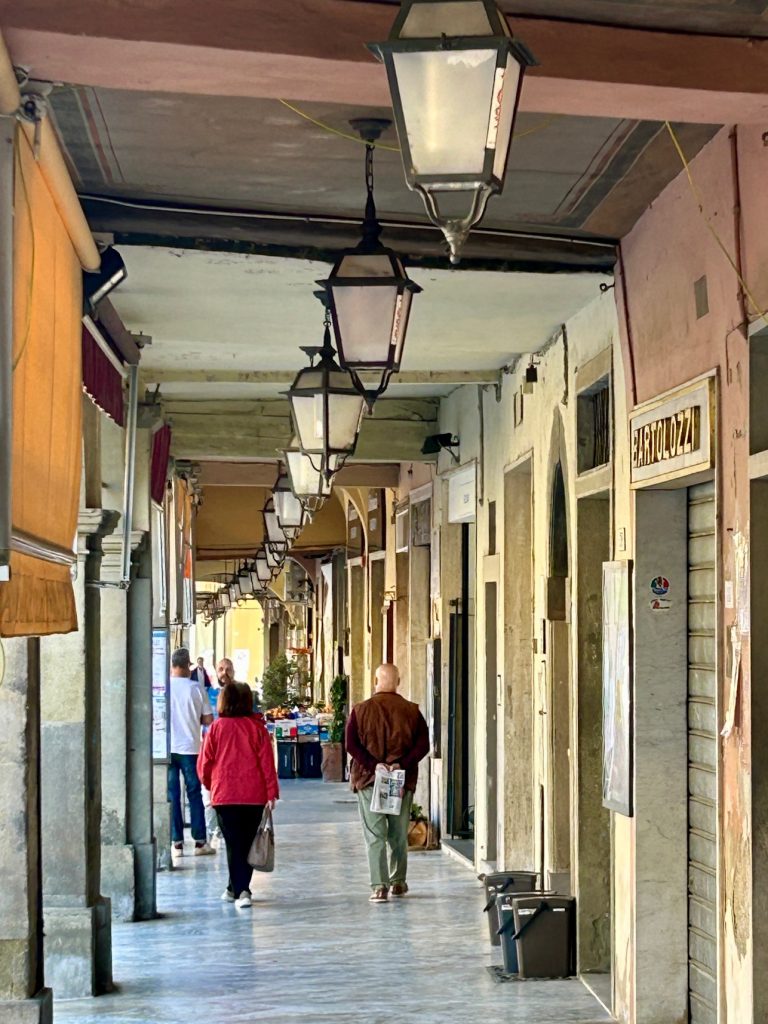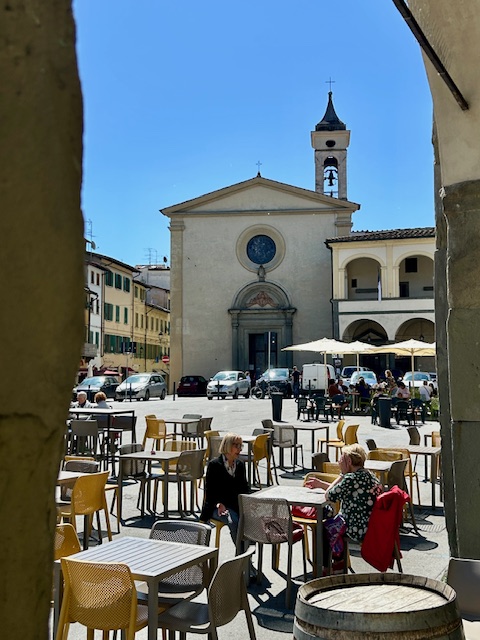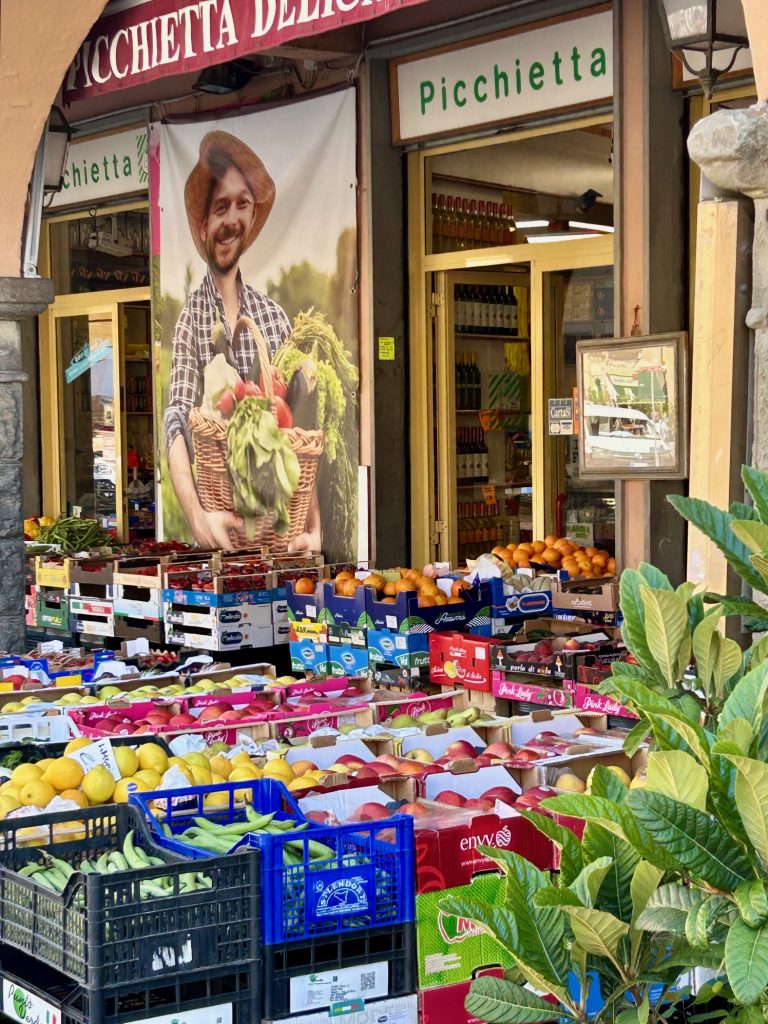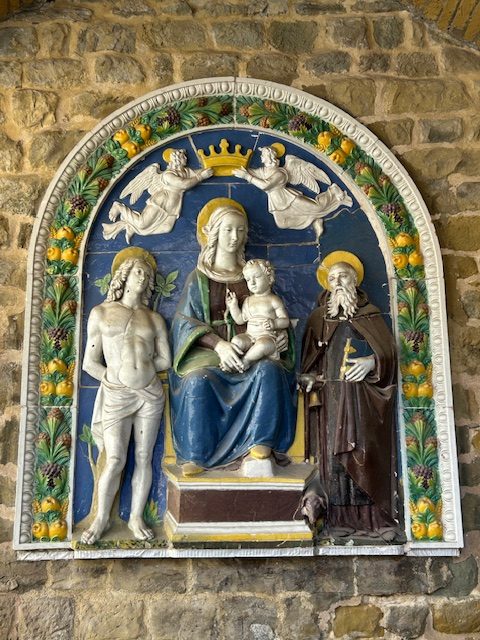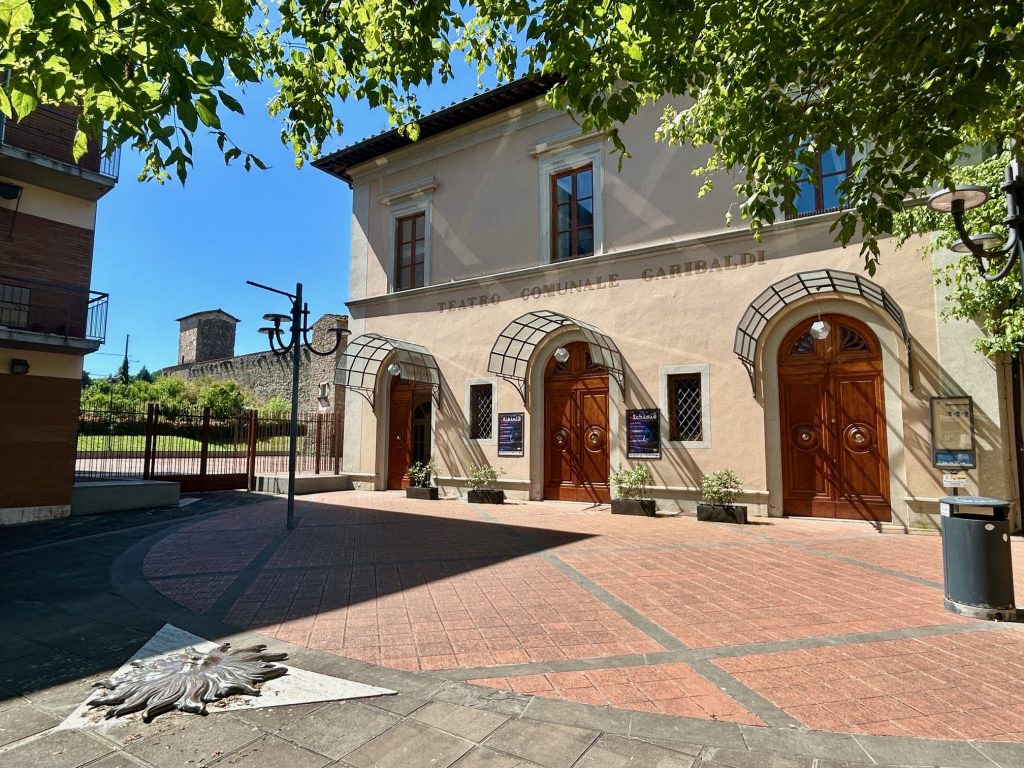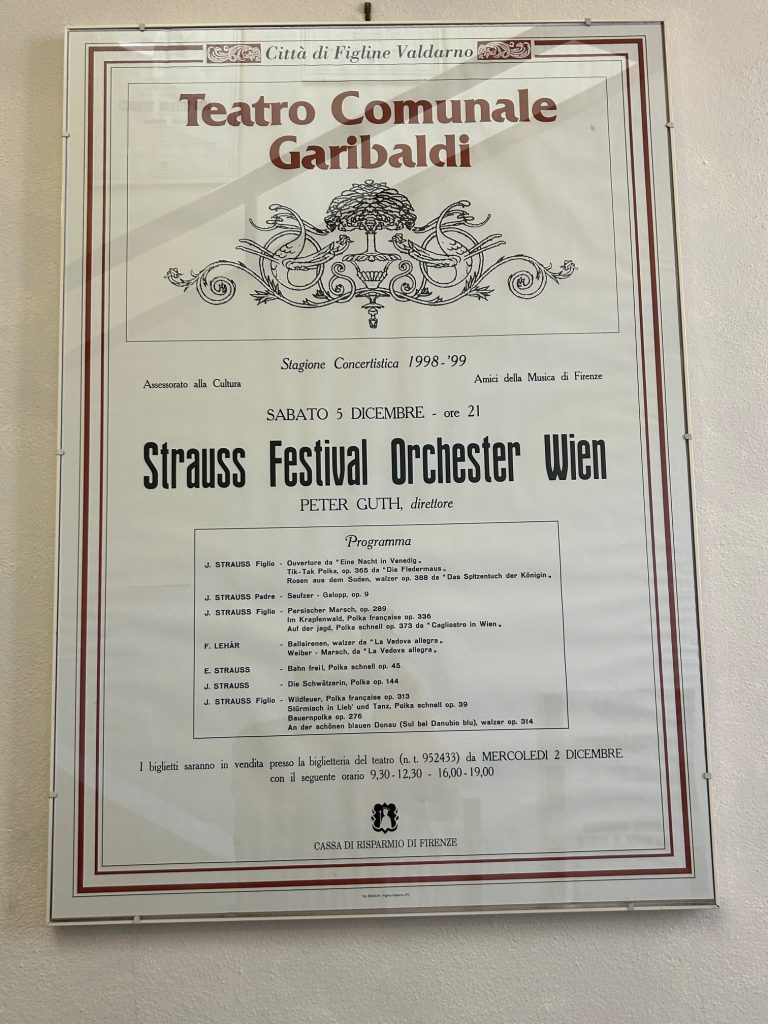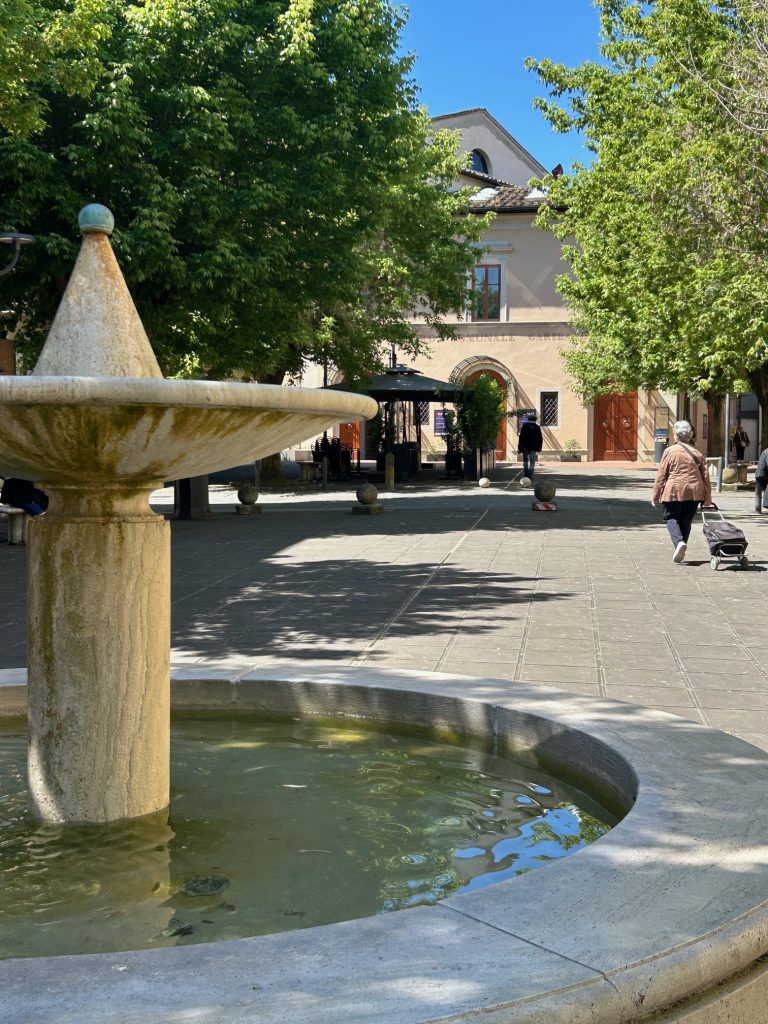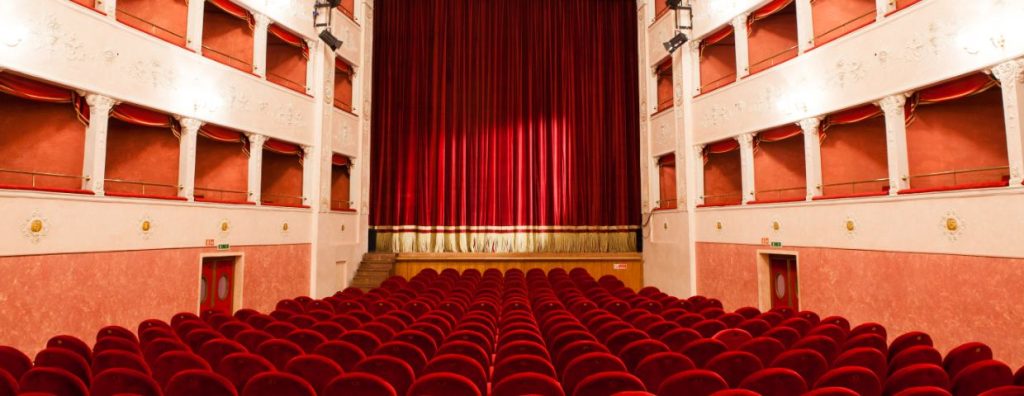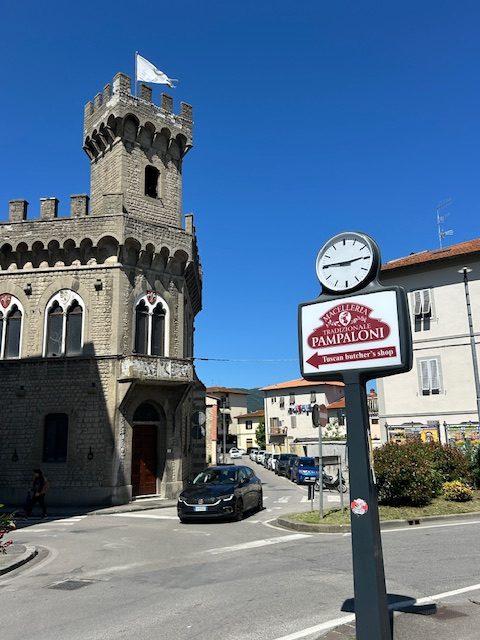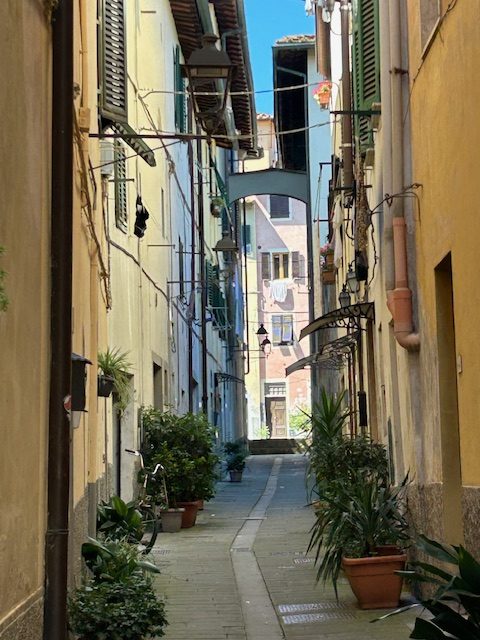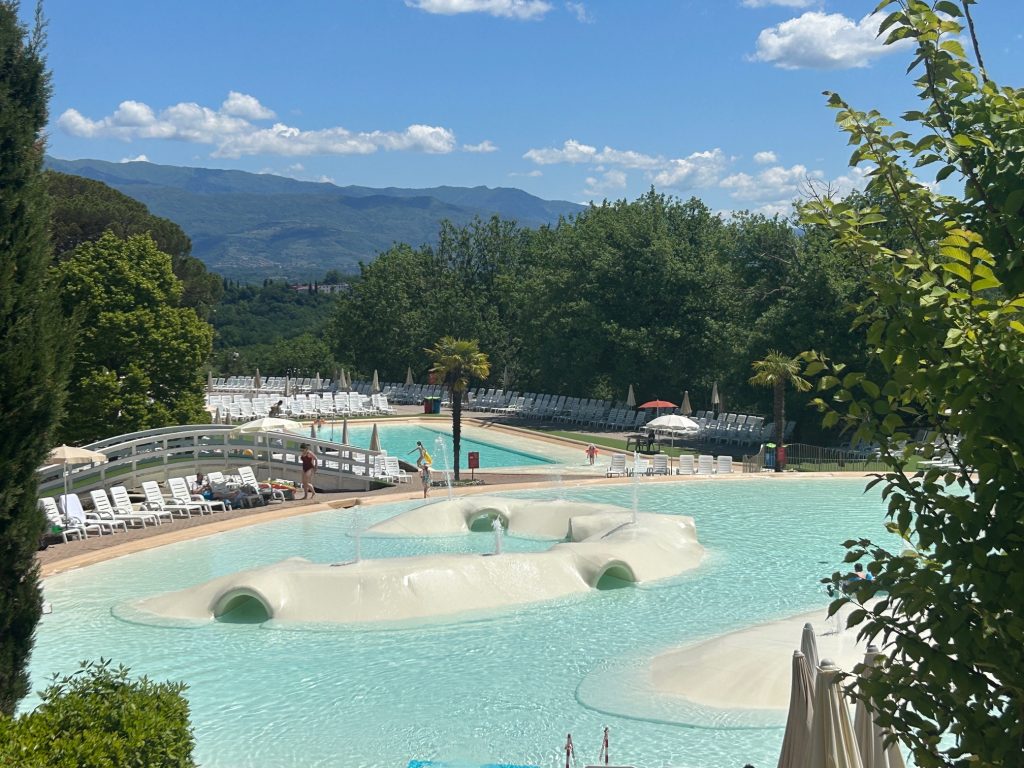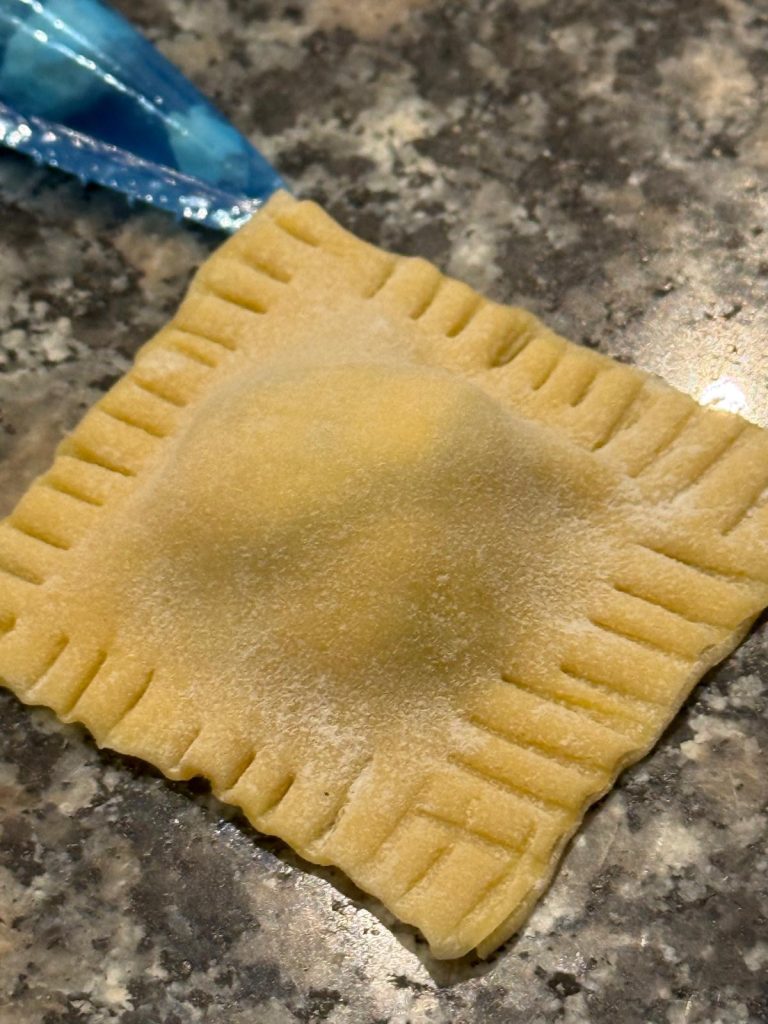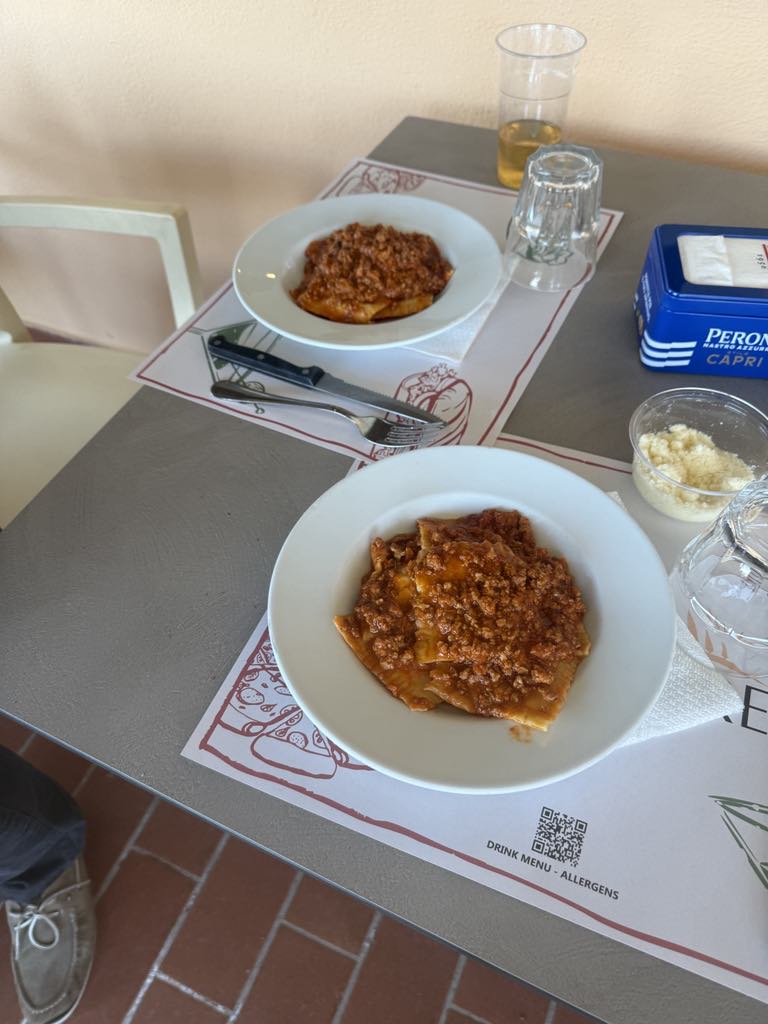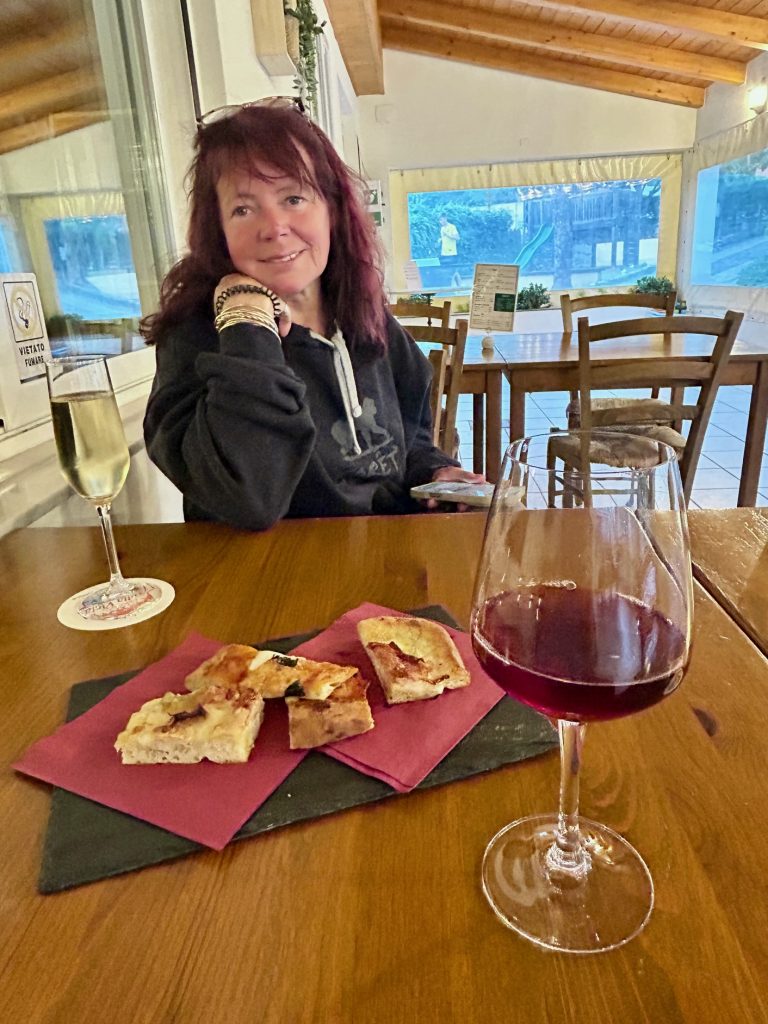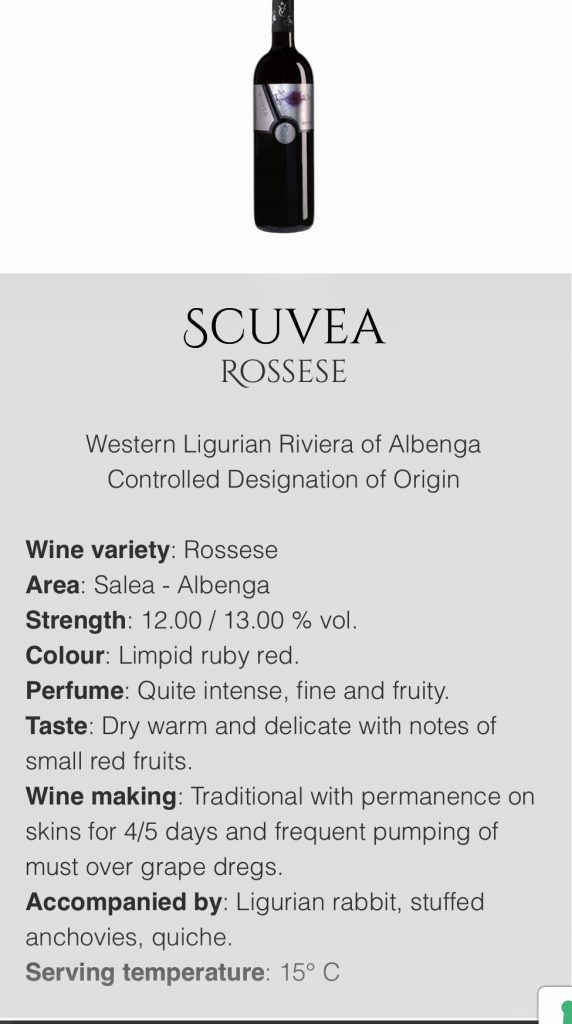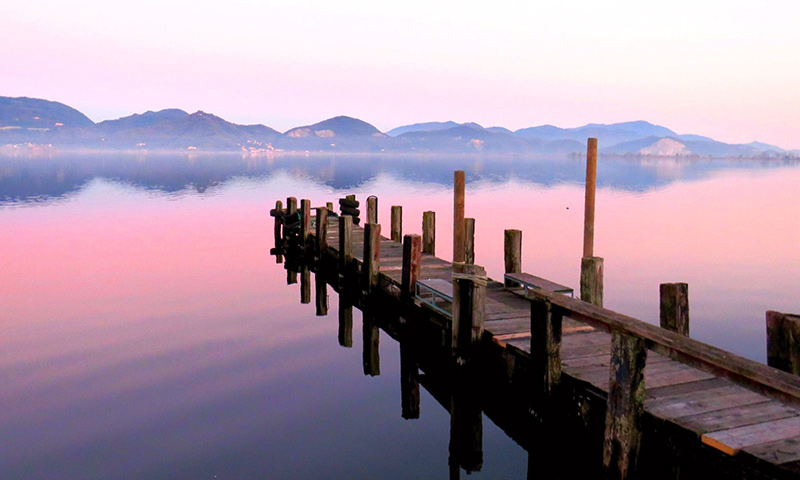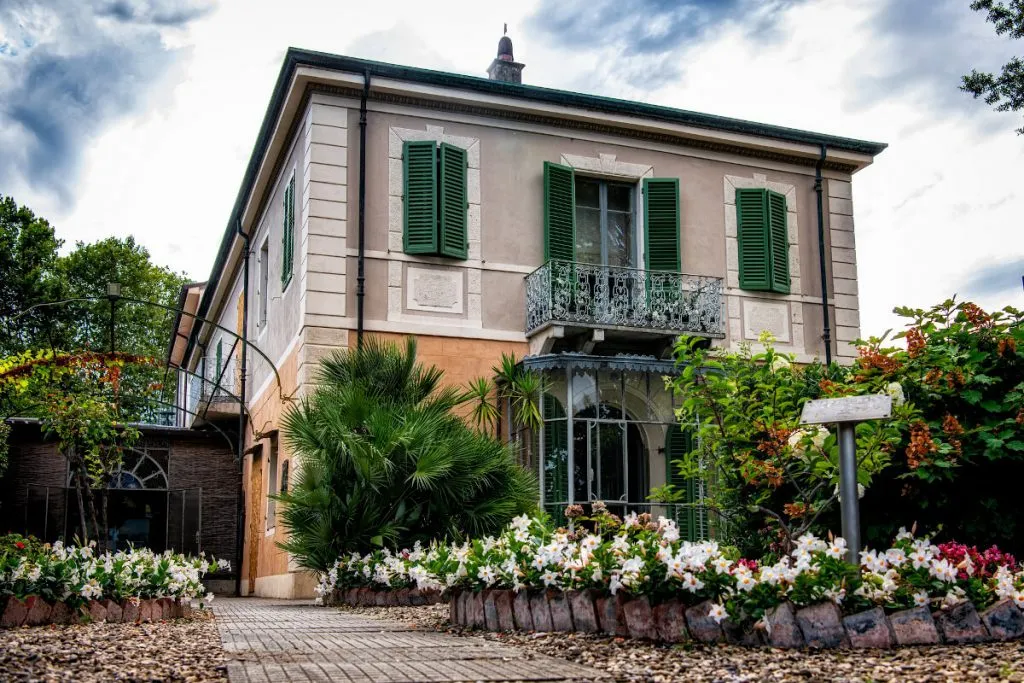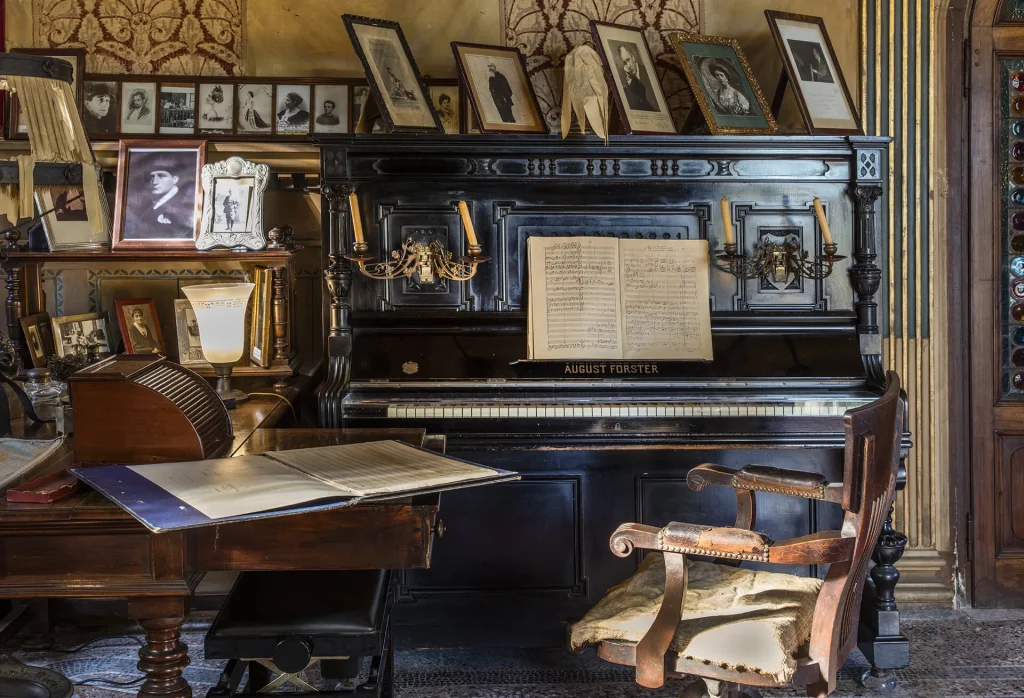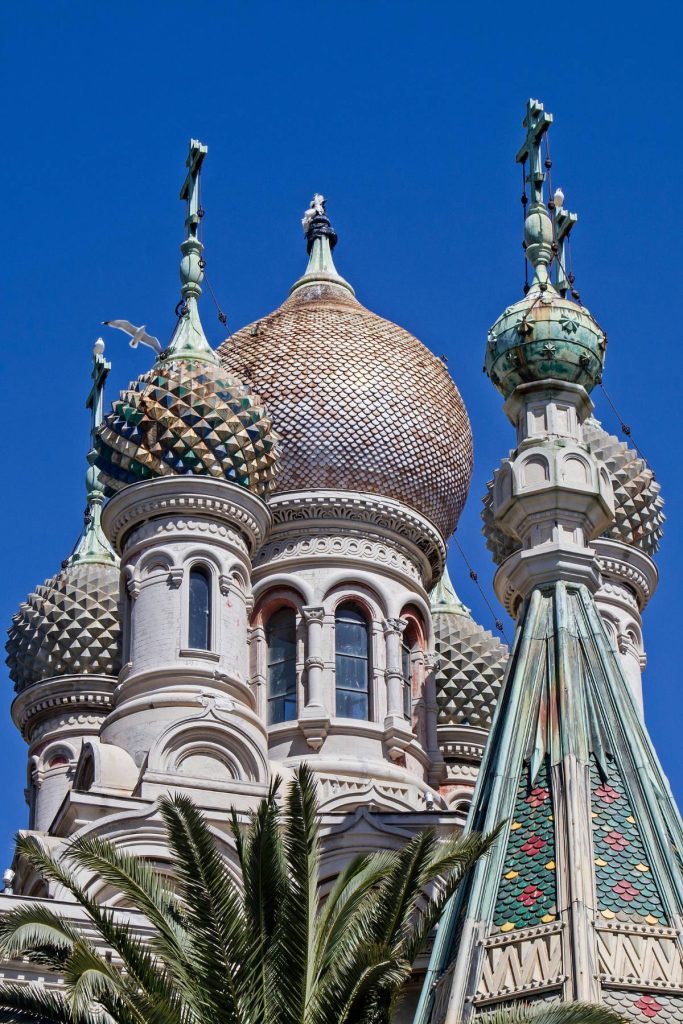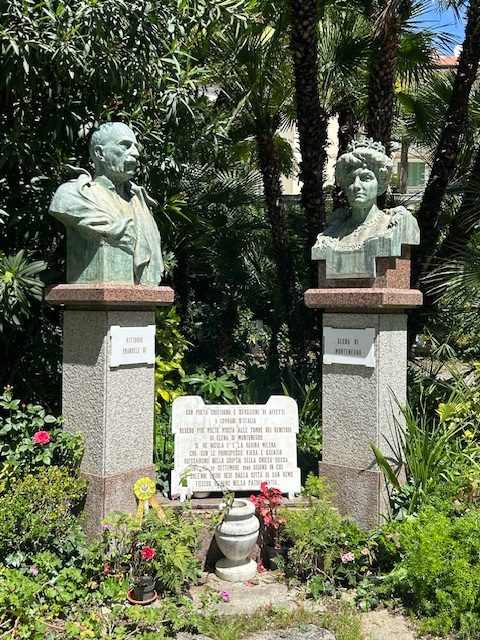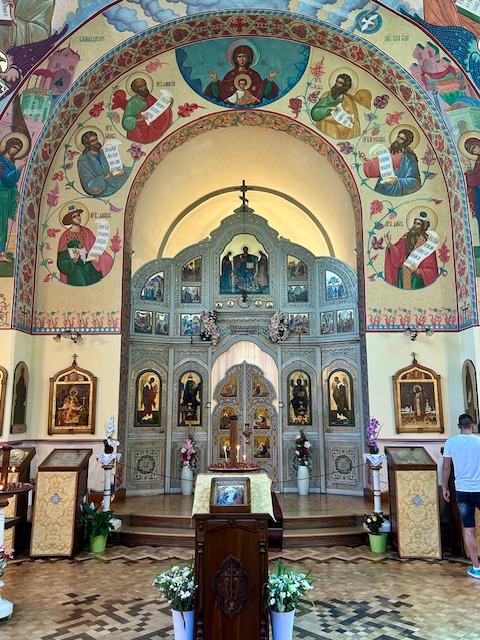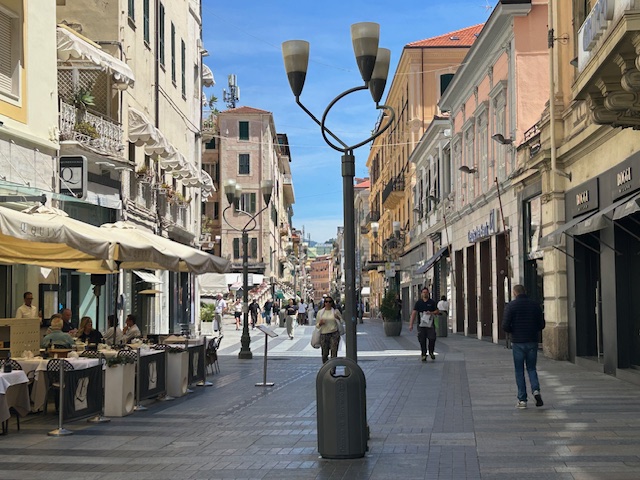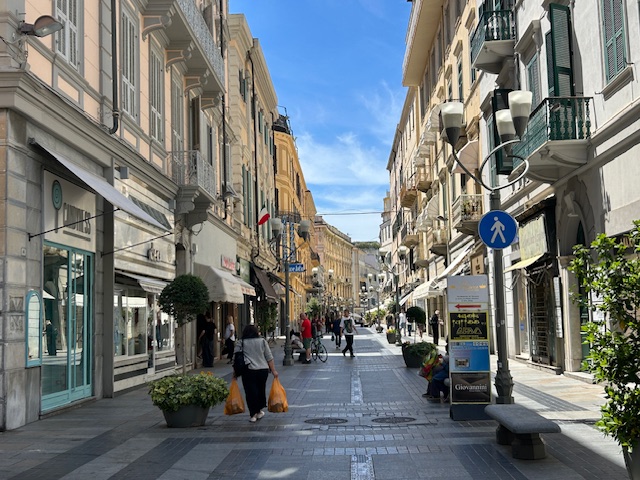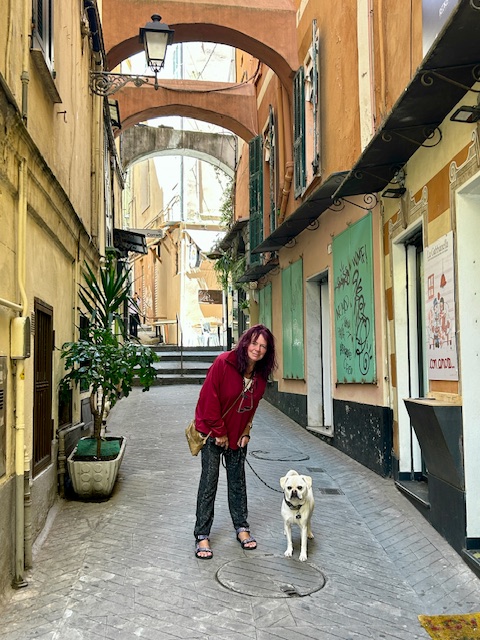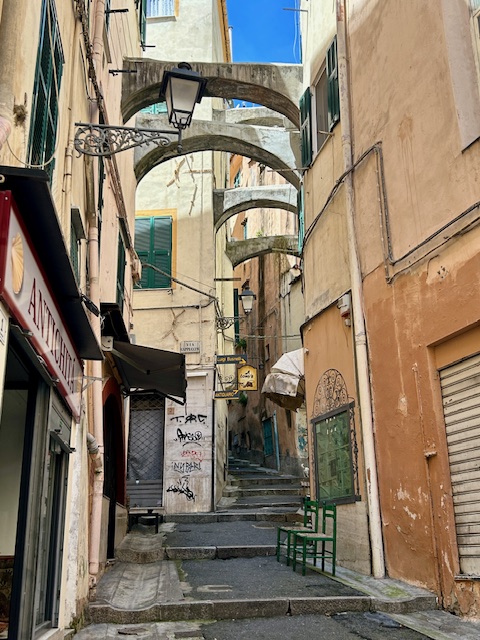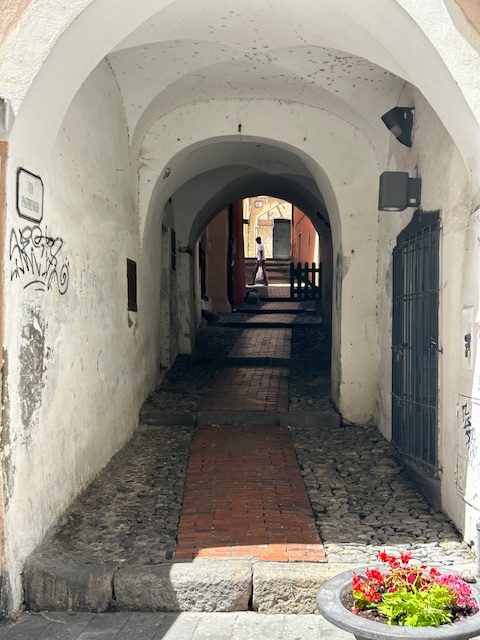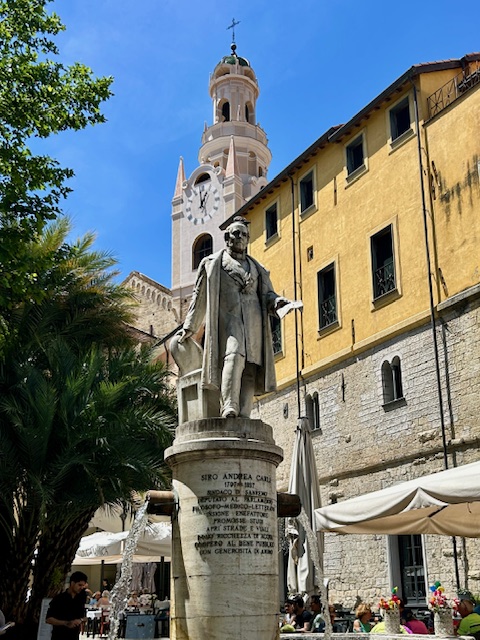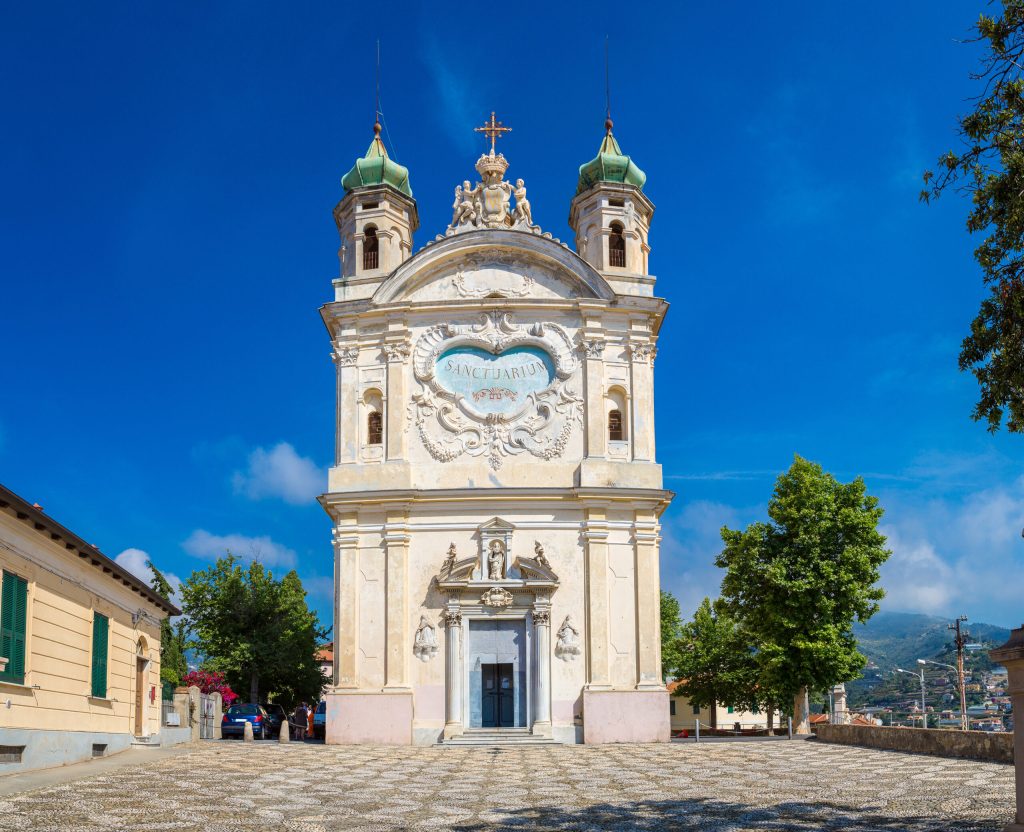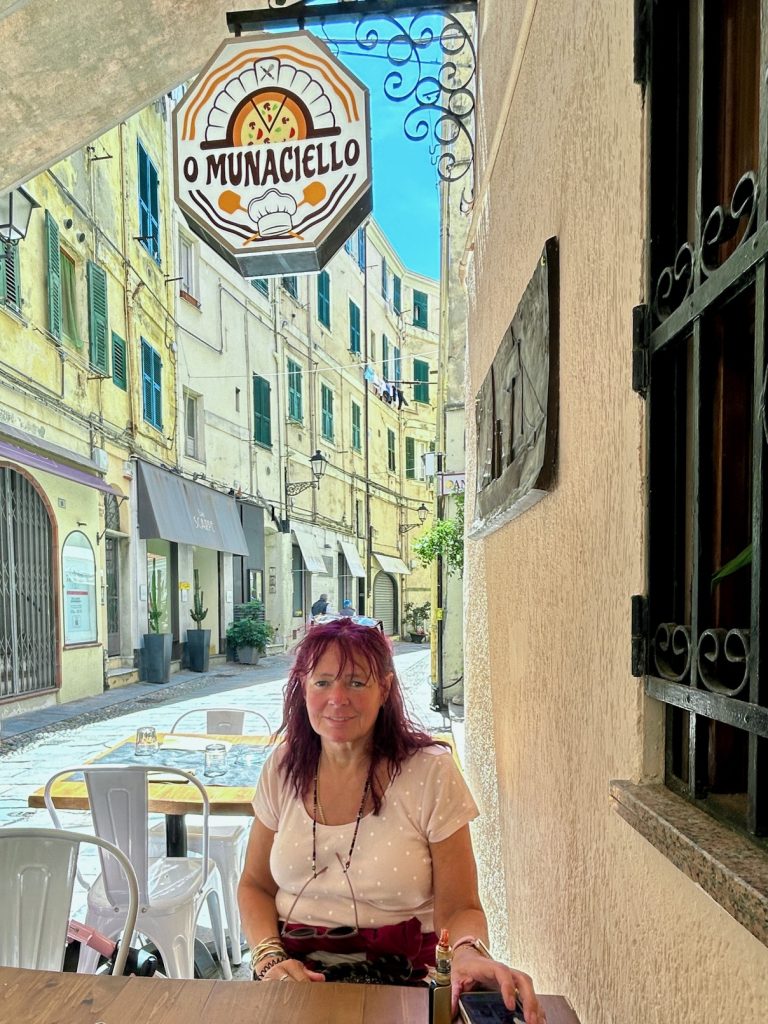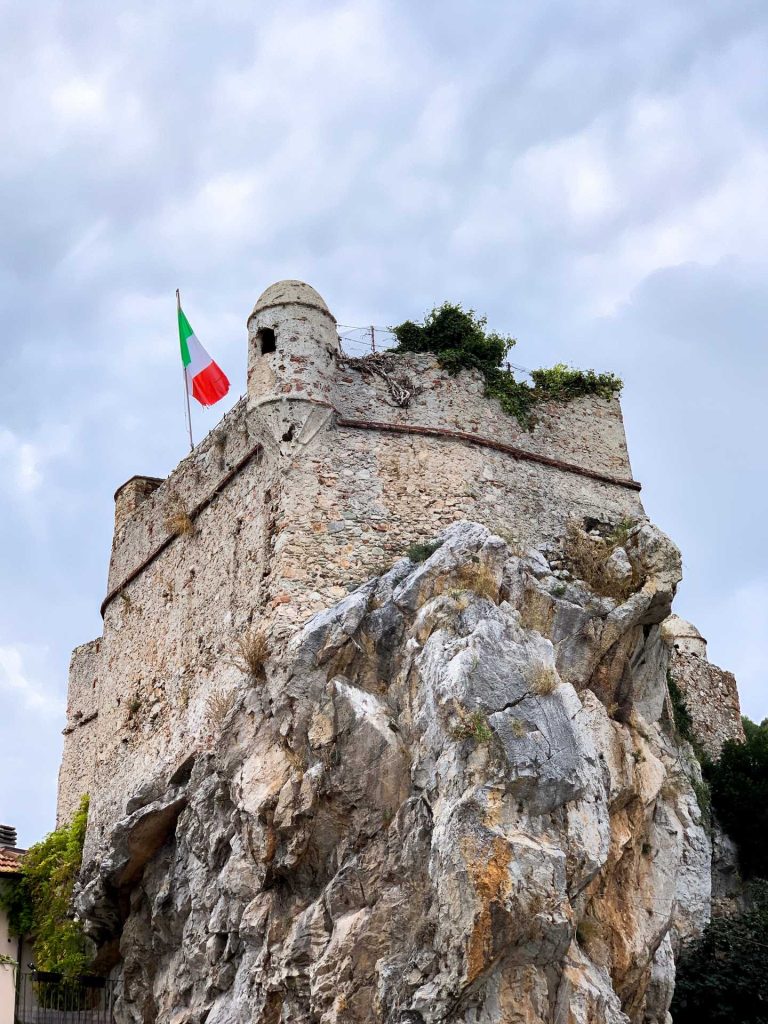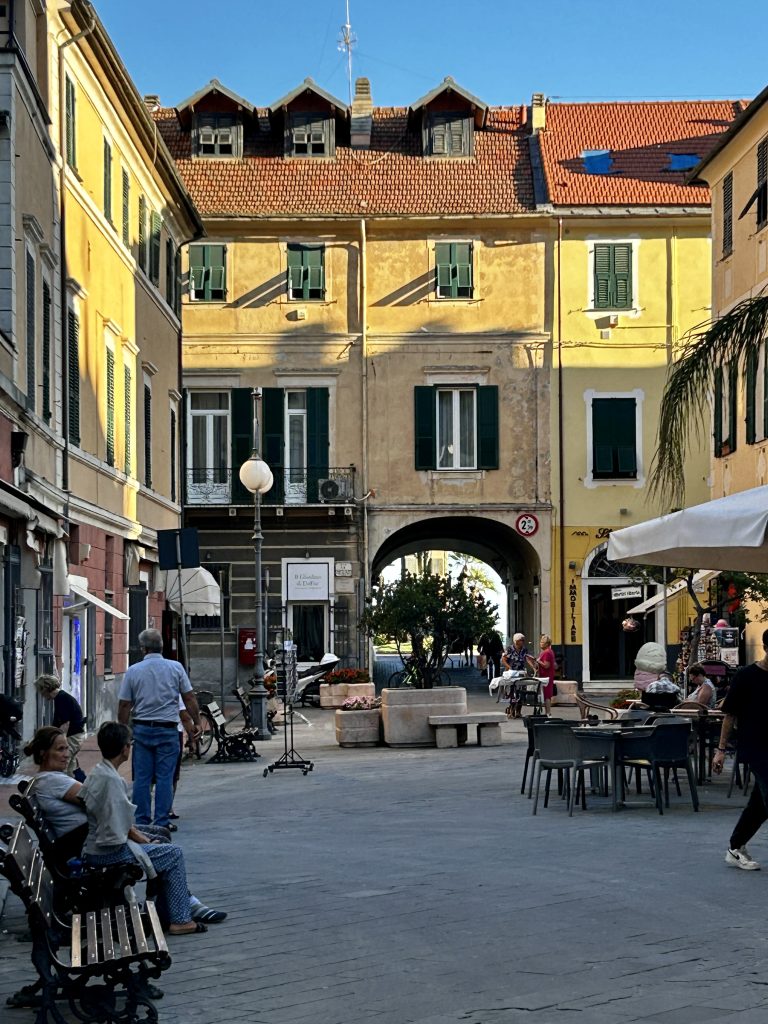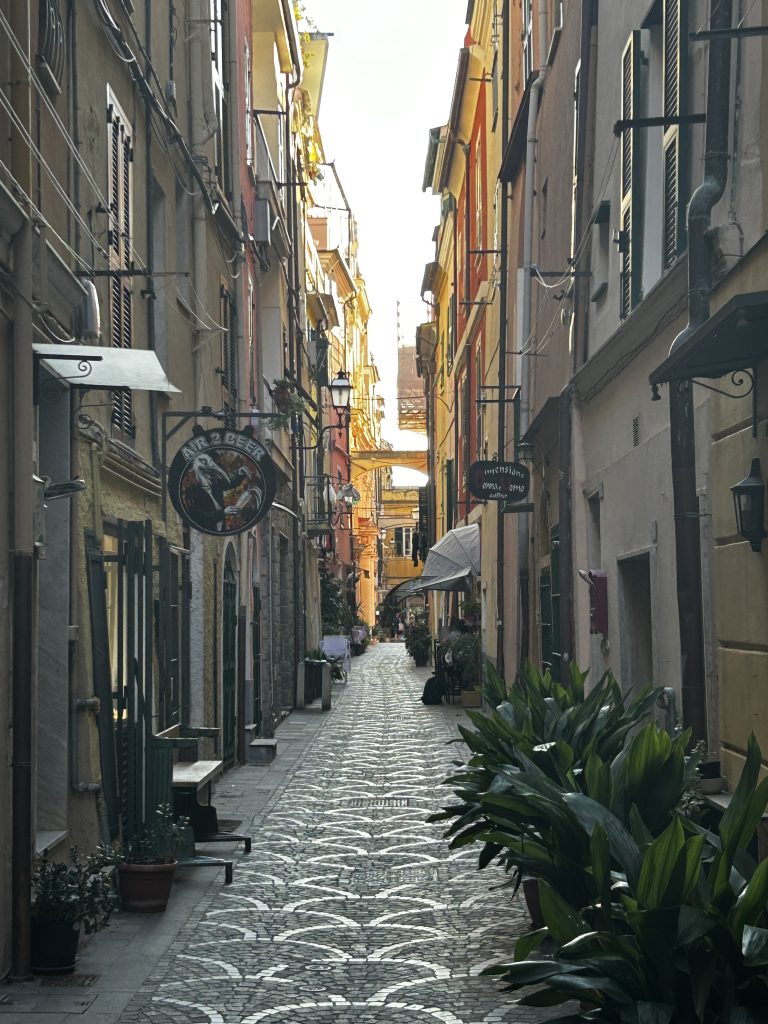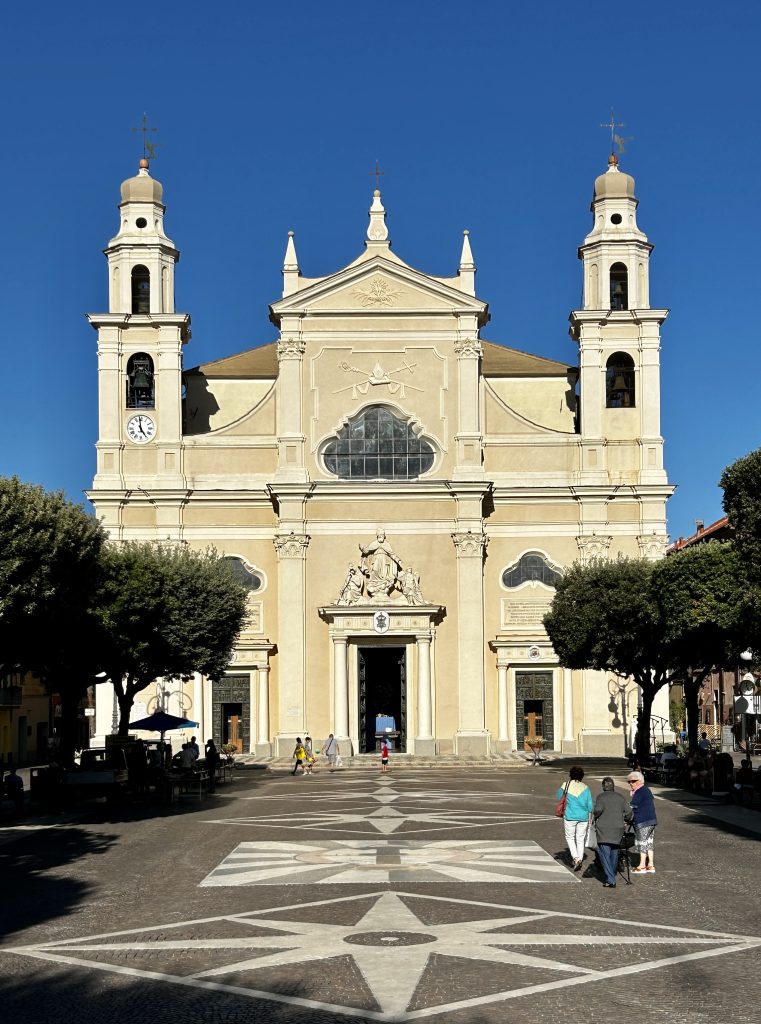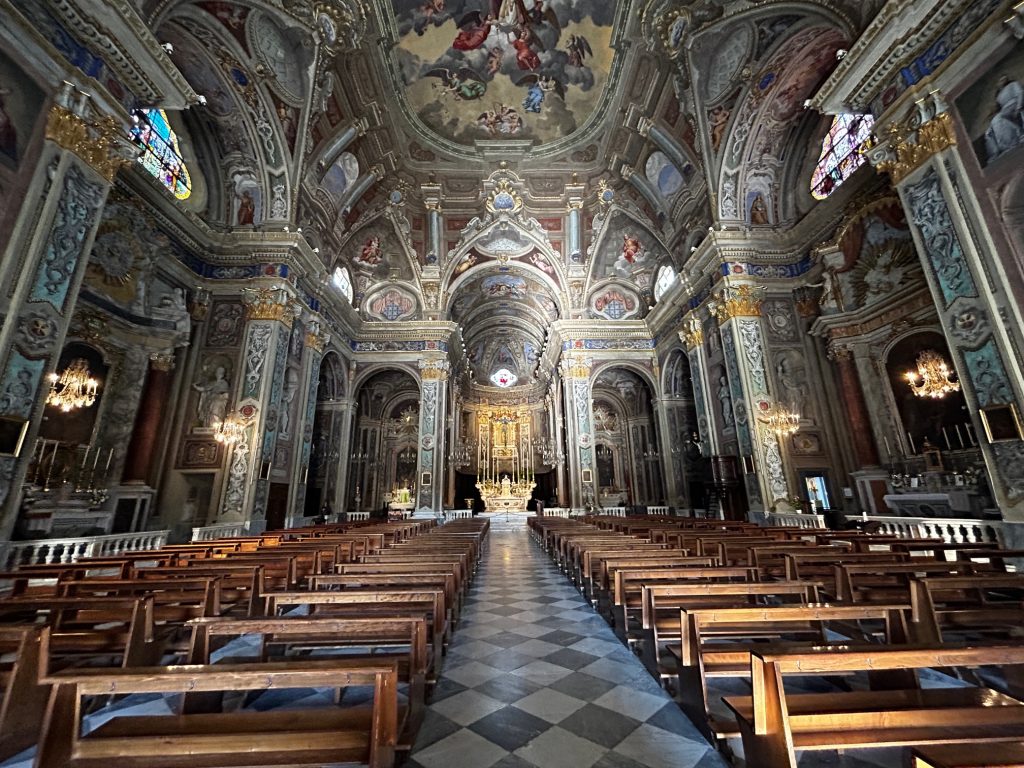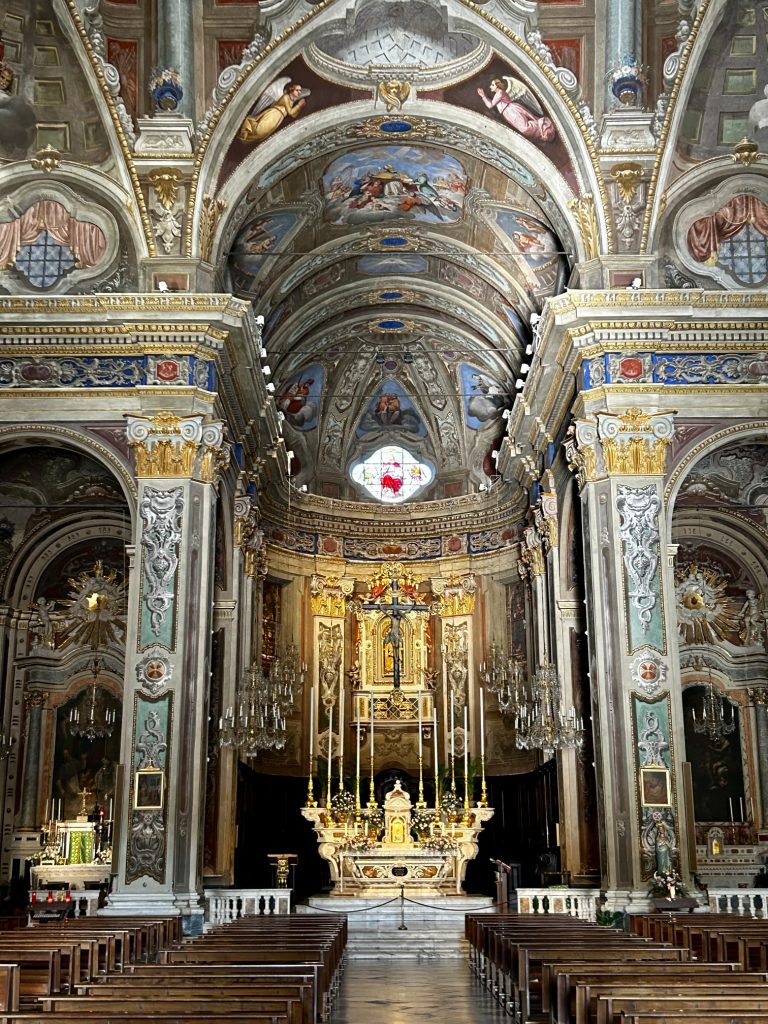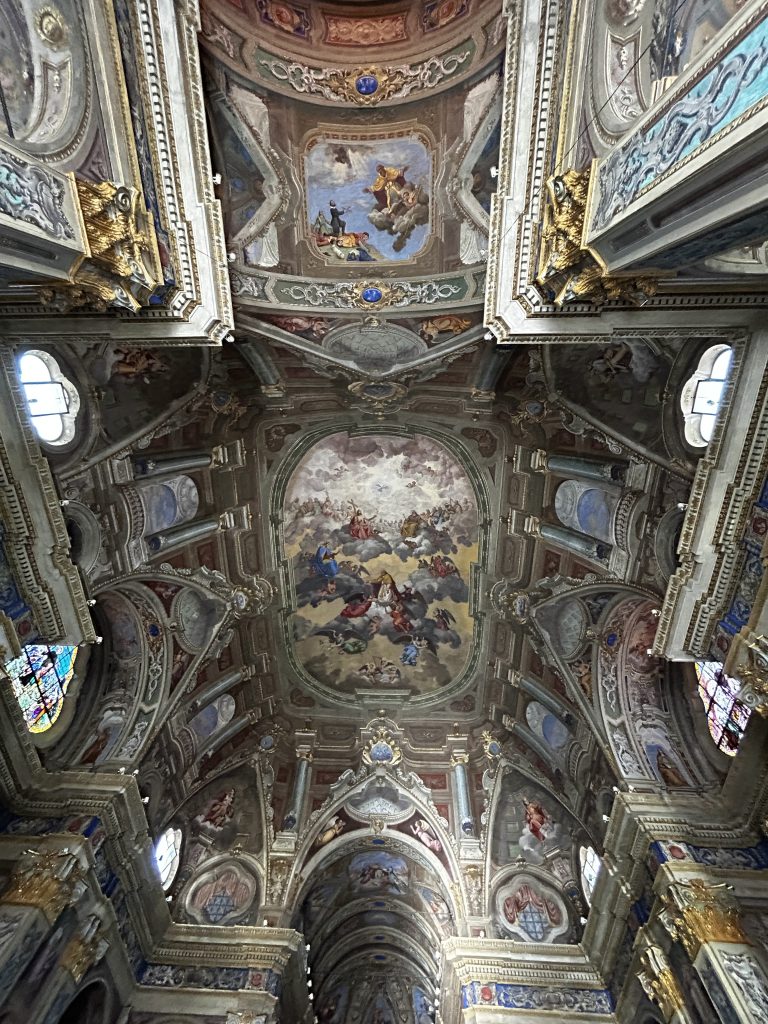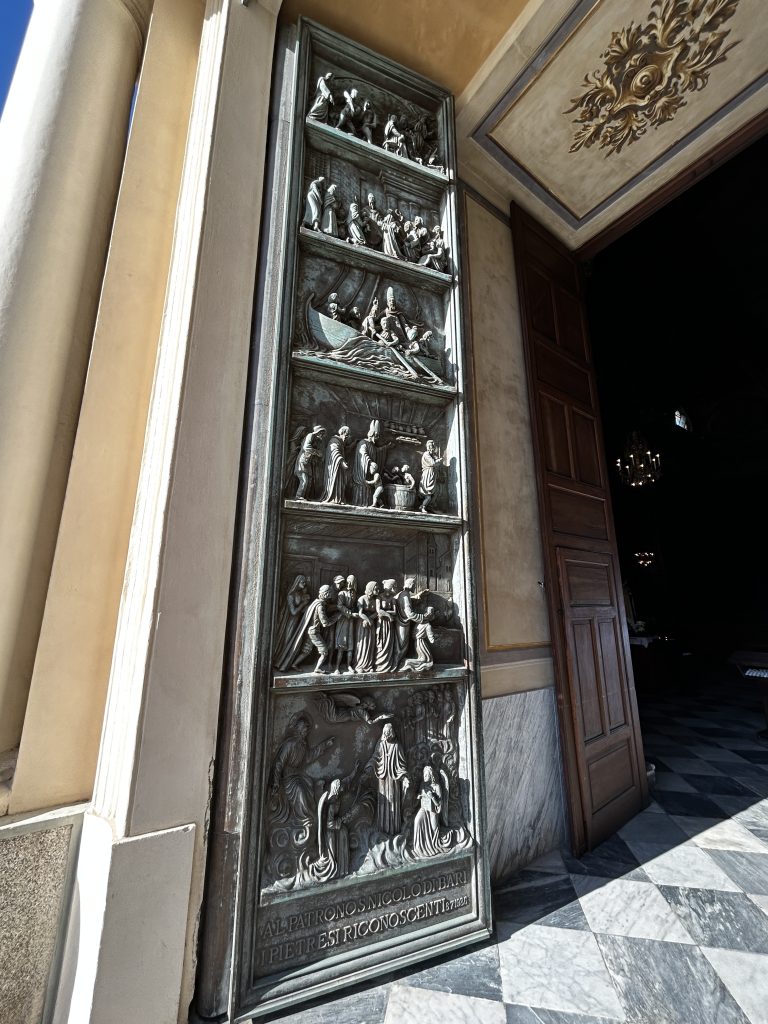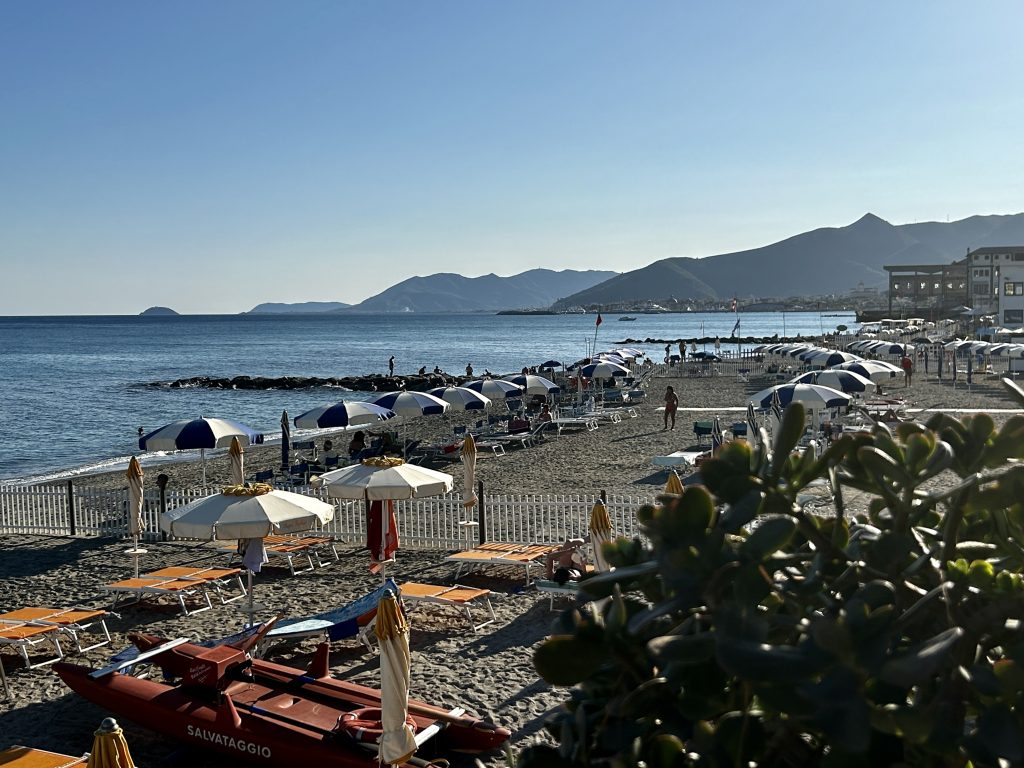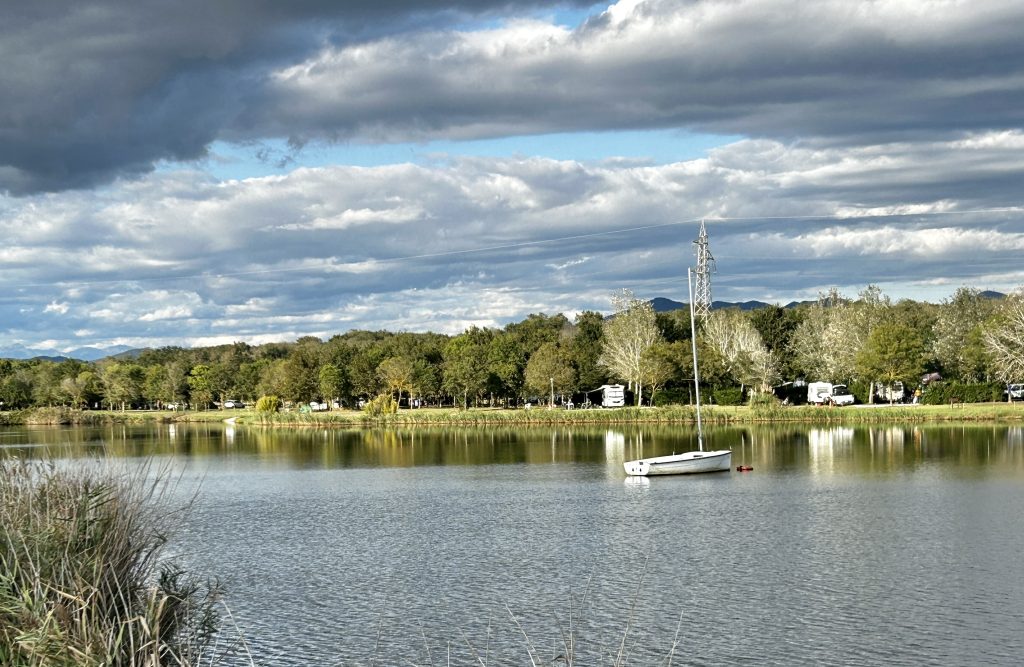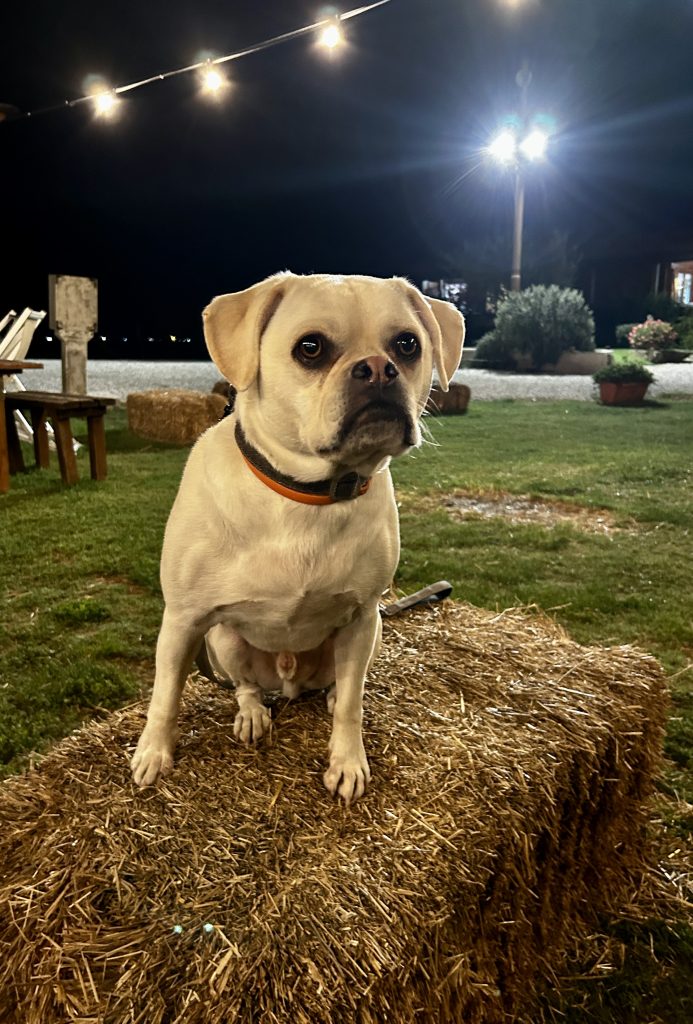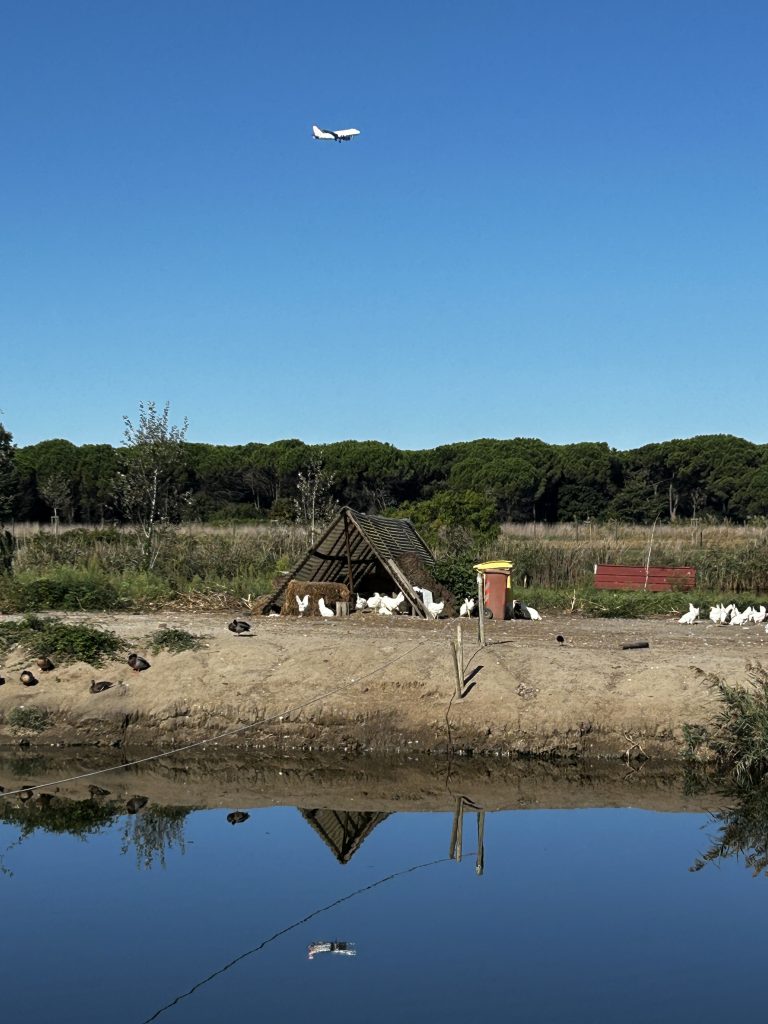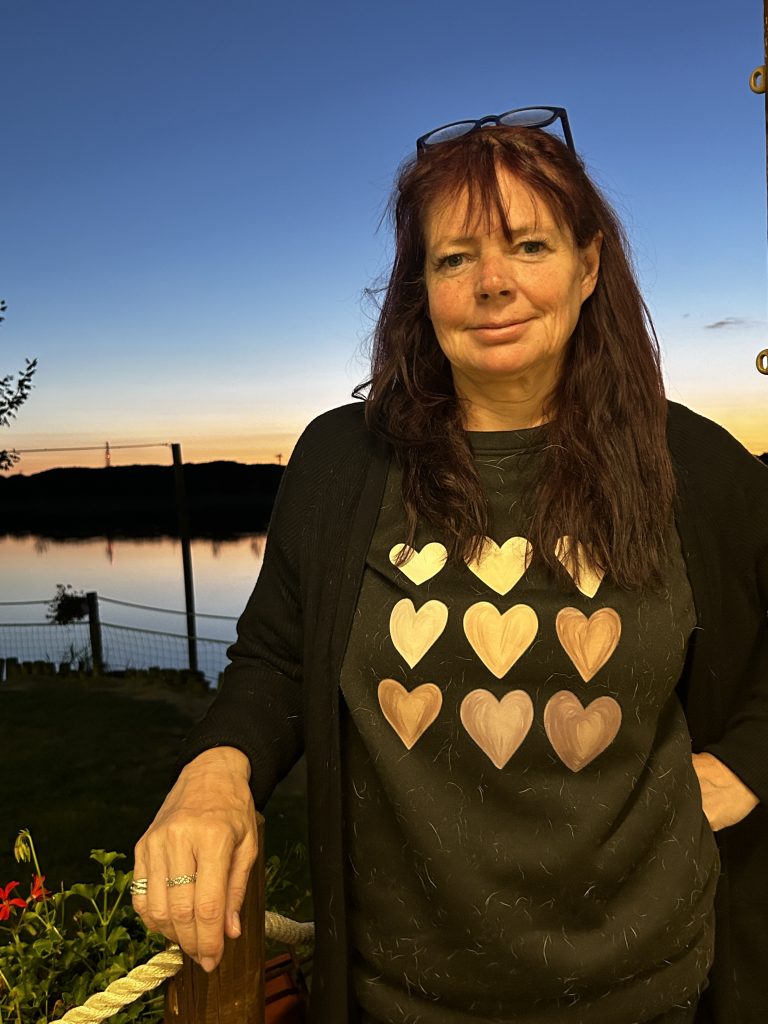Grado is a small but classy resort on the Isolo di Grado, otherwise known as the Island of the Sun and sometimes the Island of Gold on account of the rich golden colour of it’s beaches. Being connected to the mainland by a 4 kilometre long causeway, inside of which is a picturesque lagoon, Isola di Grado is actually a peninsula, not an island, but; no matter.
Historically Grado was a fishing town and it still operates a small fishing fleet but that is fast giving way to tourism. The town has a population of about 8,000 but this number inreases greatly during holiday periods. It is popular with Italian, Slovenian and particularly Austrian tourists; as is evidenced by the restaurant menus invariably being written in Italian and German. Small wonder given that landlocked Austria is only 80 miles away and Grado has some of the finest beaches on the Adriatic Sea.
It’s medieval old town (the centro storico) is a jewel of a place. Mostly pedestrianised it is not very large but; it is wholly charming with a tangle of winding alleys and cul de sacs filled with pretty stone houses bedecked with flowers. Some alleys lead to tiny squares holding one or more colourful cafe-bars and restaurants. It’s delightful.
A much larger square, the picturesque Campo del Patriarchie, is the historic centre of Grado. On this stone paved square you’ll find the beautiful 6th century red brick Basilica di Sant’Eufemia; the even older Basilica di Santa Maria delle Grazie and an interesting little chapel the name of which I’ve completely forgotten (that’s what comes of getting weeks behind with the blog). Next to the Basilica di Sant’Eufemia is a wonderful octagonal shaped Baptistery (the 5th century Battistero San Giovanni) and behind the Basilica is a Lapidarium where various fragments of archaeological interest are exhibited.
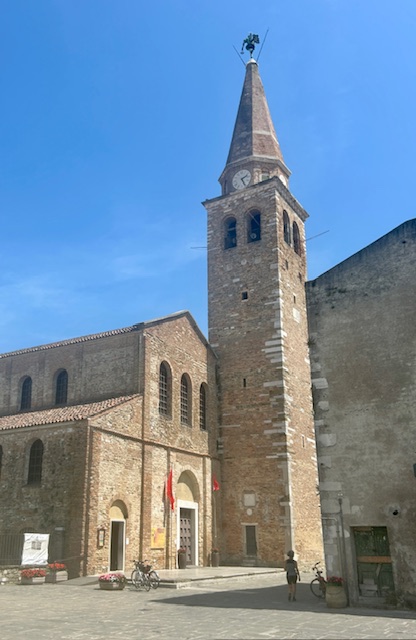
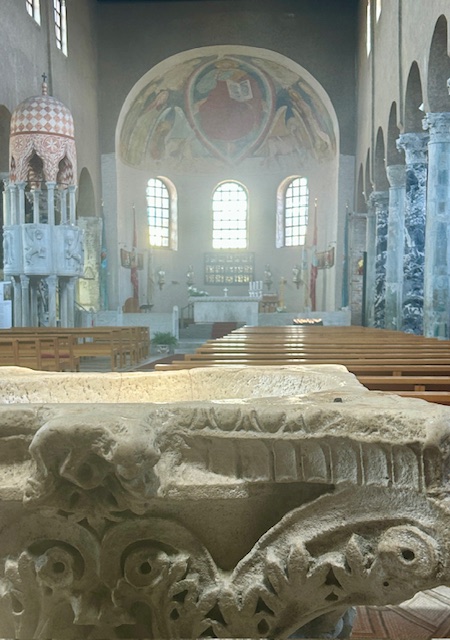

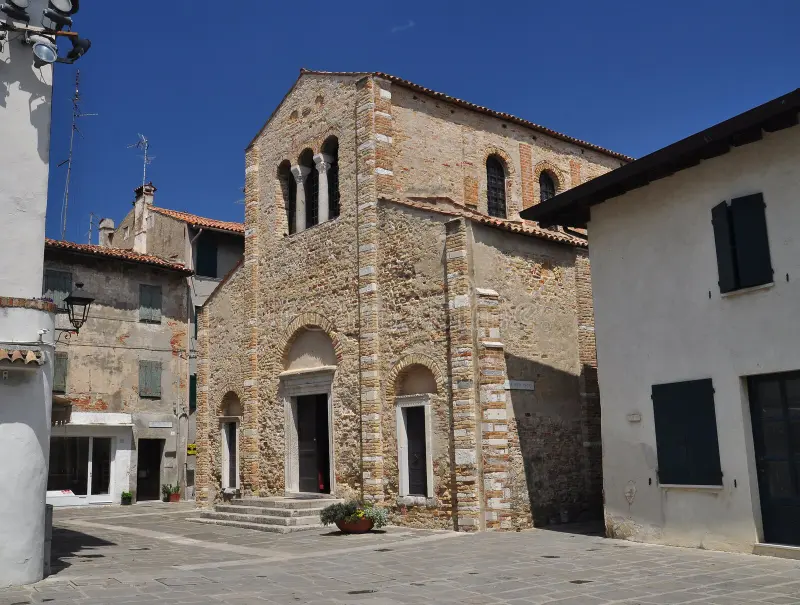
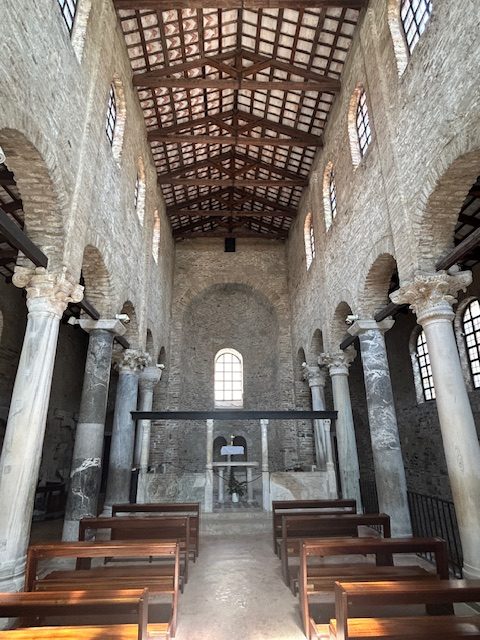

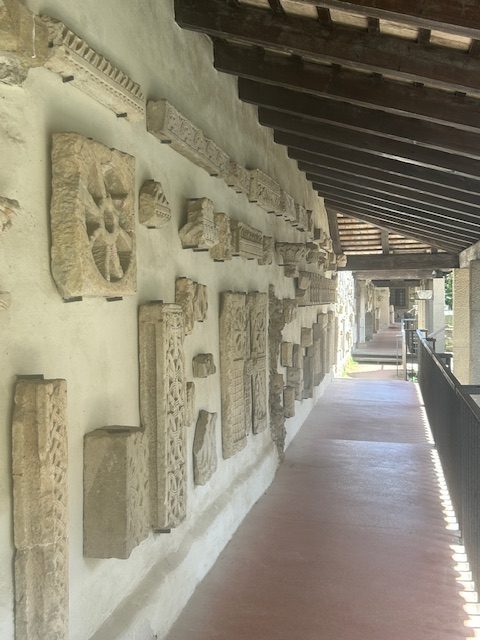
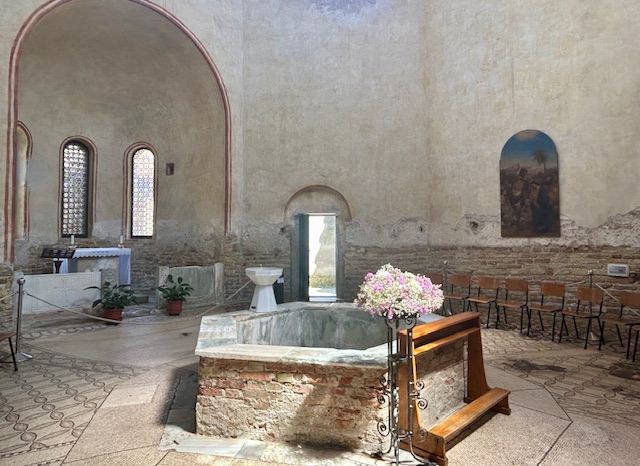
I mentioned that Grado is a resort town. Indeed, it has 10 kilometres of rich golden beaches. The 2 kilometre long Spiaggia Principale is, as the name suggests, the town’s primary (fine sand) beach but; it is mostly sectioned off into different pay beaches. At the western end of the resort, close to the old town, is the Costa Azzurra Beach. The Costa Azzurra is one of those rarities in Italy – it’s one of the more beautiful beaches on the Adriatic, let alone in Grado, and entry on to the beach is free! It’s backed by plenty of cafes and bars and beach umbrellas and deck chairs, etc are available for rent. Another free beach, but with fewer cafe bars in evidence, is the Spiaggia Libera and then; there is the Lido di Fido Dog Beach which, of course, is a dog friendly beach. The one common feature of all the many beaches in and around Grado (there are others that I have not listed) is that all are blue flag beaches with a shallow, calm sea.
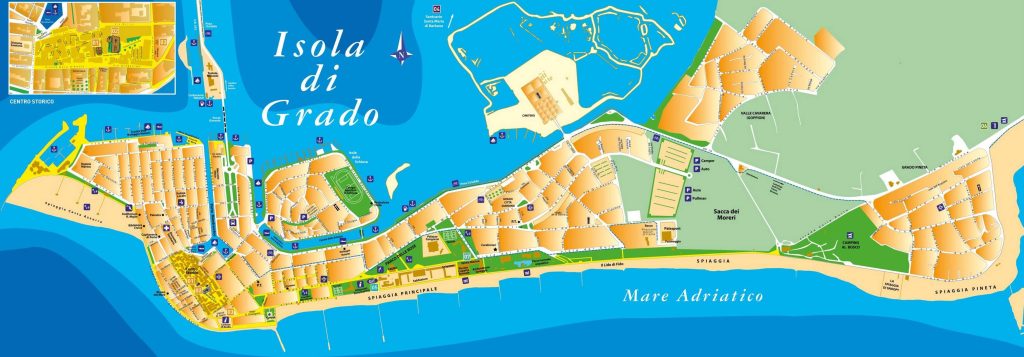
I’ve not mentioned the camp site we stayed at. It was the 5 star Club del Sole Tenuta Primera Grado Family and it too has a very impressive beach . Recommended by ACSI and available to us at just 27 Euros per night, it appeared a first class site (can you believe it even has it’s own marina and a dog trainer is on hand for those with unruly dogs?) but I’m not sure we would use it again. It opened for the year some two days before our arrival and yet many of the site’s facilities weren’t available to us (including the bar, the restaurant and the swimming pool). The fact is, the staff were still finding their way around and really didn’t have much idea. It took more than 30 minutes to complete our registration (notwithstanding that Vanya had pre-booked); the staff were at odds with each other as to whether ACSI applied; the camp guide couldn’t find our allotted plot on the site and; worst of all, we were charged 14 Euros per night for the second dog. No, in future we would use one of the sites closer to the town. There is no shortage in the area.




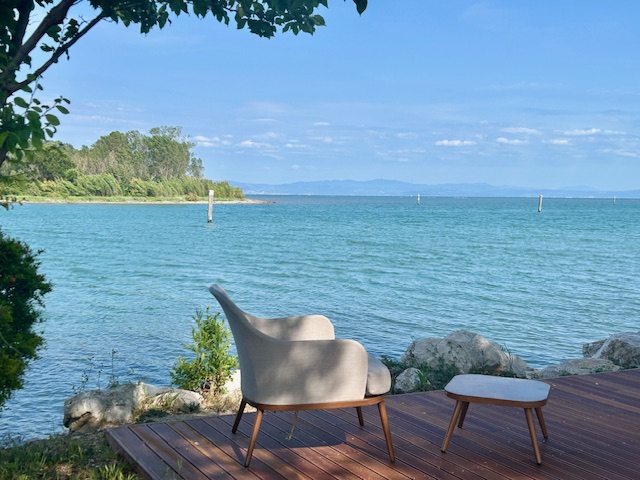
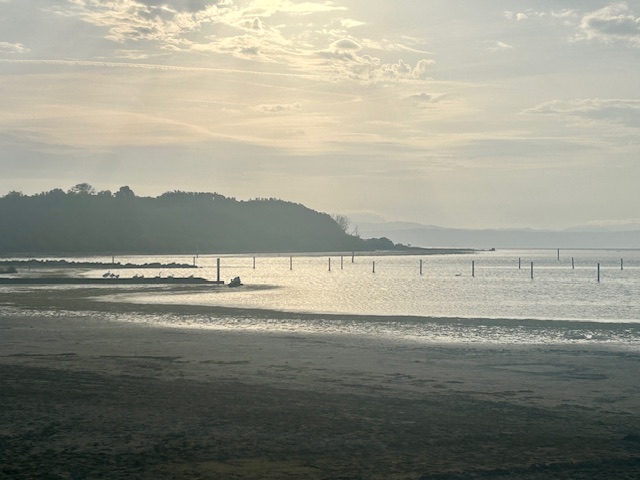
I mentioned that the camp site has a dog trainer. I took Beanie and he won first prize against a couple of other dogs in a series of search competitions – Beanie pulls out all the stops when it’s food he’s hunting for.
In terms of other things to see or do in the area, I didn’t get to see the place but, some 14 kilometres north west of Grado is the UNESCO World Site of Aquileia which was founded by the Romans in 181 BC and, over time, grew to become one of the largest cities in the world with a population of more than 100,000. It was almost completely destroyed in 452 by Attila the Hun and never regained it’s prominence. Most of the old city is still uncovered and not only is it one of the north of Italy’s main archaeological sites but; it is considered to be the most complete example of a Roman city anywhere around the Mediteraanean.

